Re: Callaway 633CSi - 10/28 - Video at the track!
Posted: Dec 21, 2015 4:32 PM
The lurkers are sharking. Shovel yuhr freaking sydewaulk. 

DEV - BMW E28 5 Series Enthusiast Community
https://mye28.com/
No need to shovel the driveway when I don't use the garage for my winter carKen H. wrote:The lurkers are sharking. Shovel yuhr freaking sydewaulk.




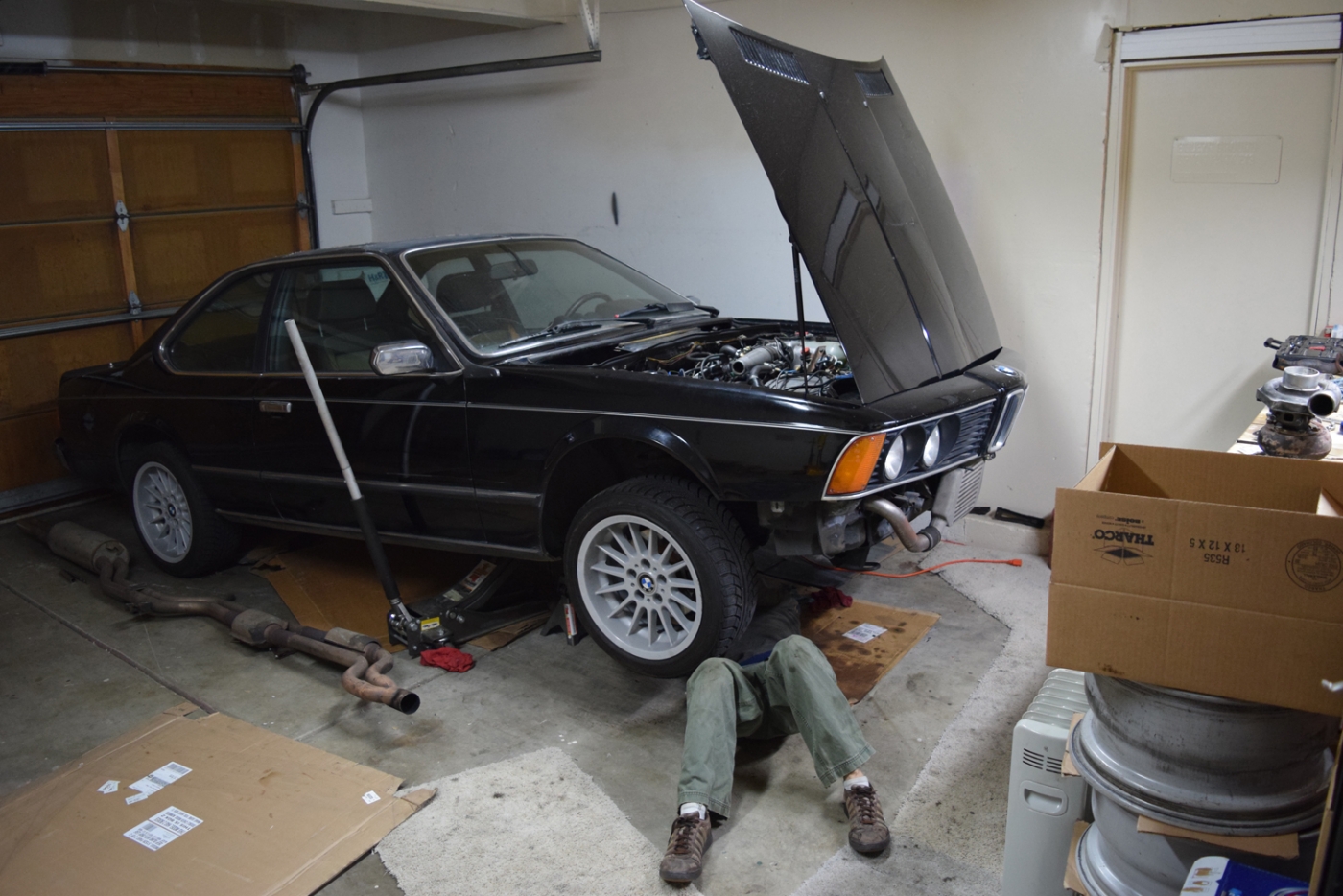
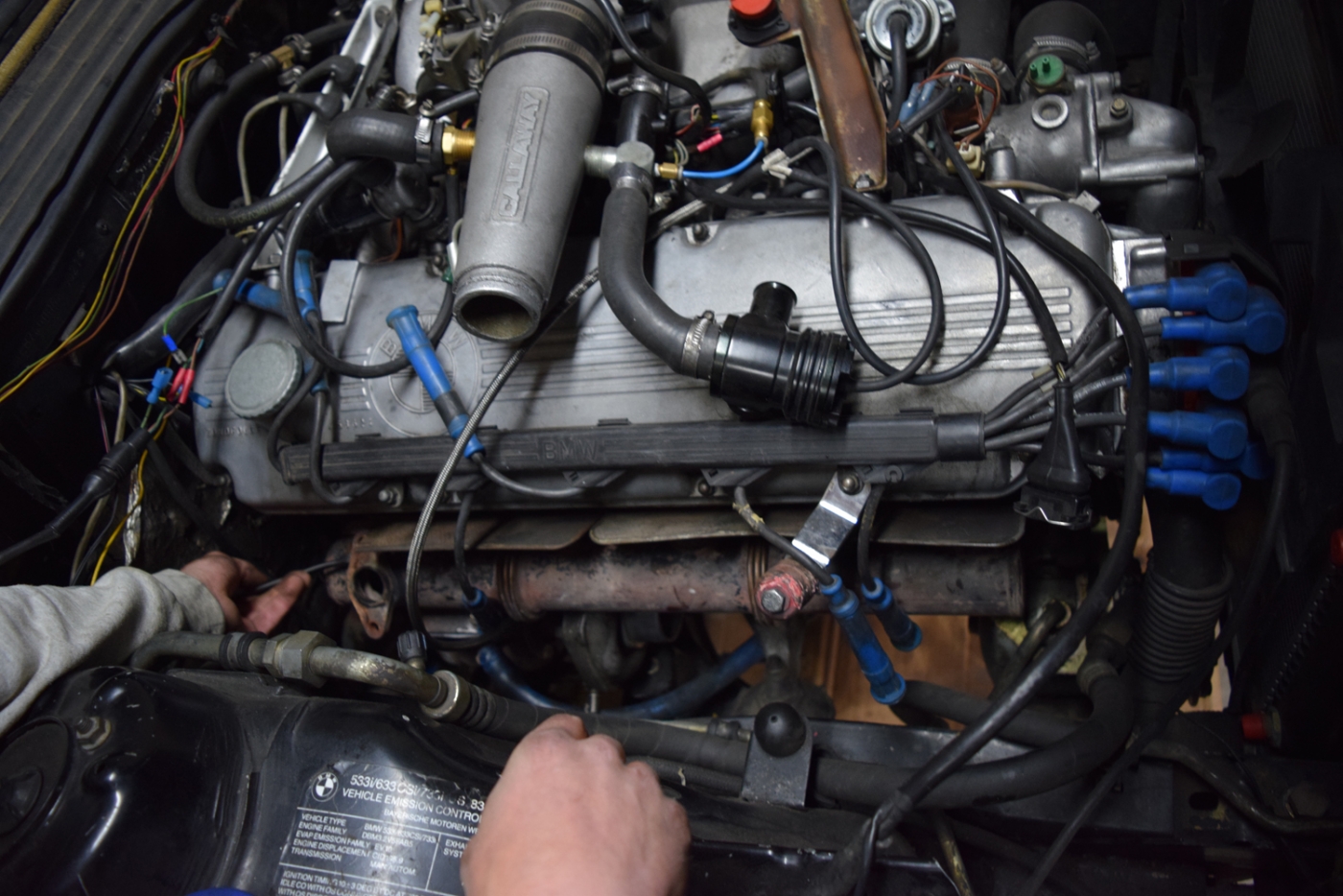
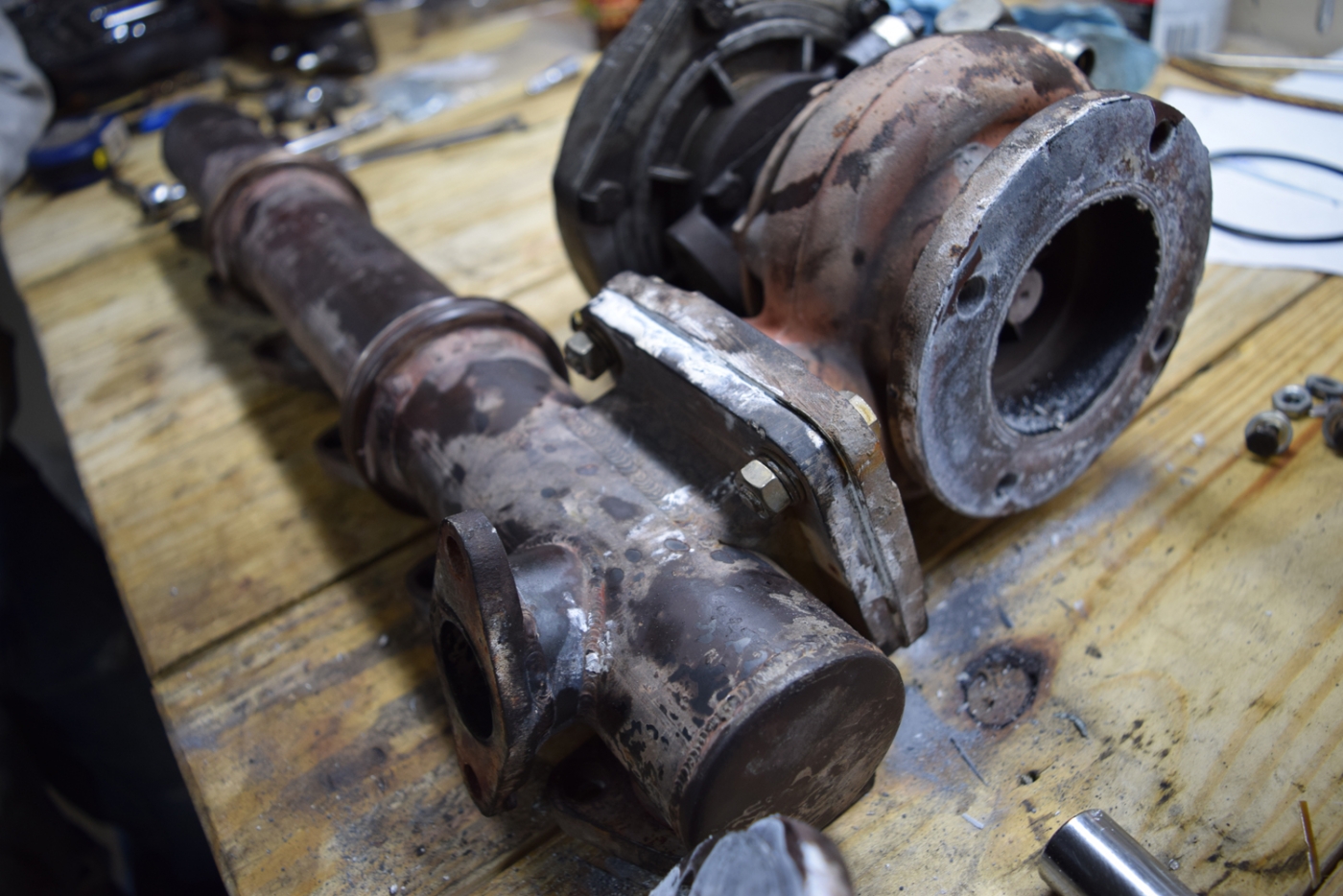
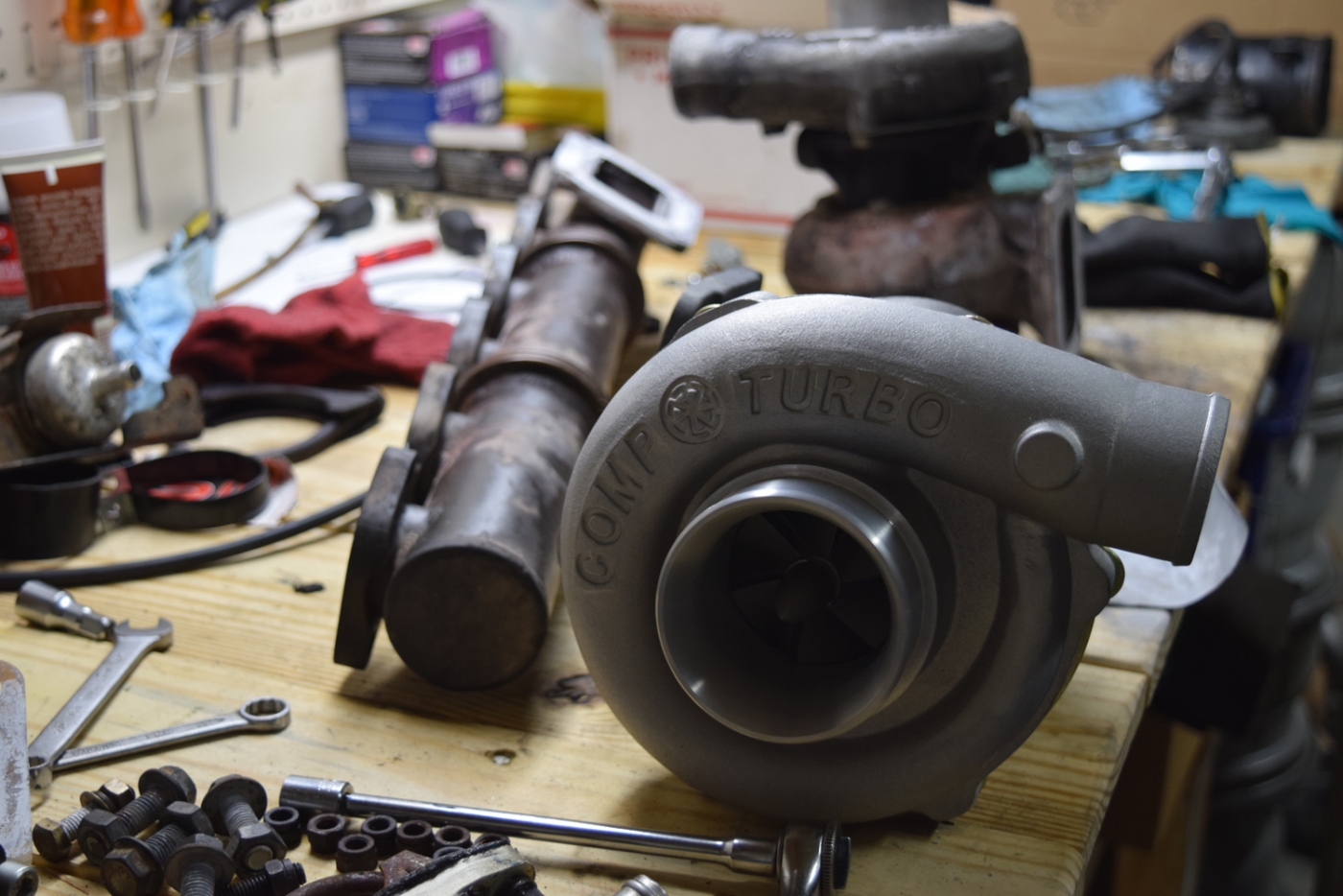
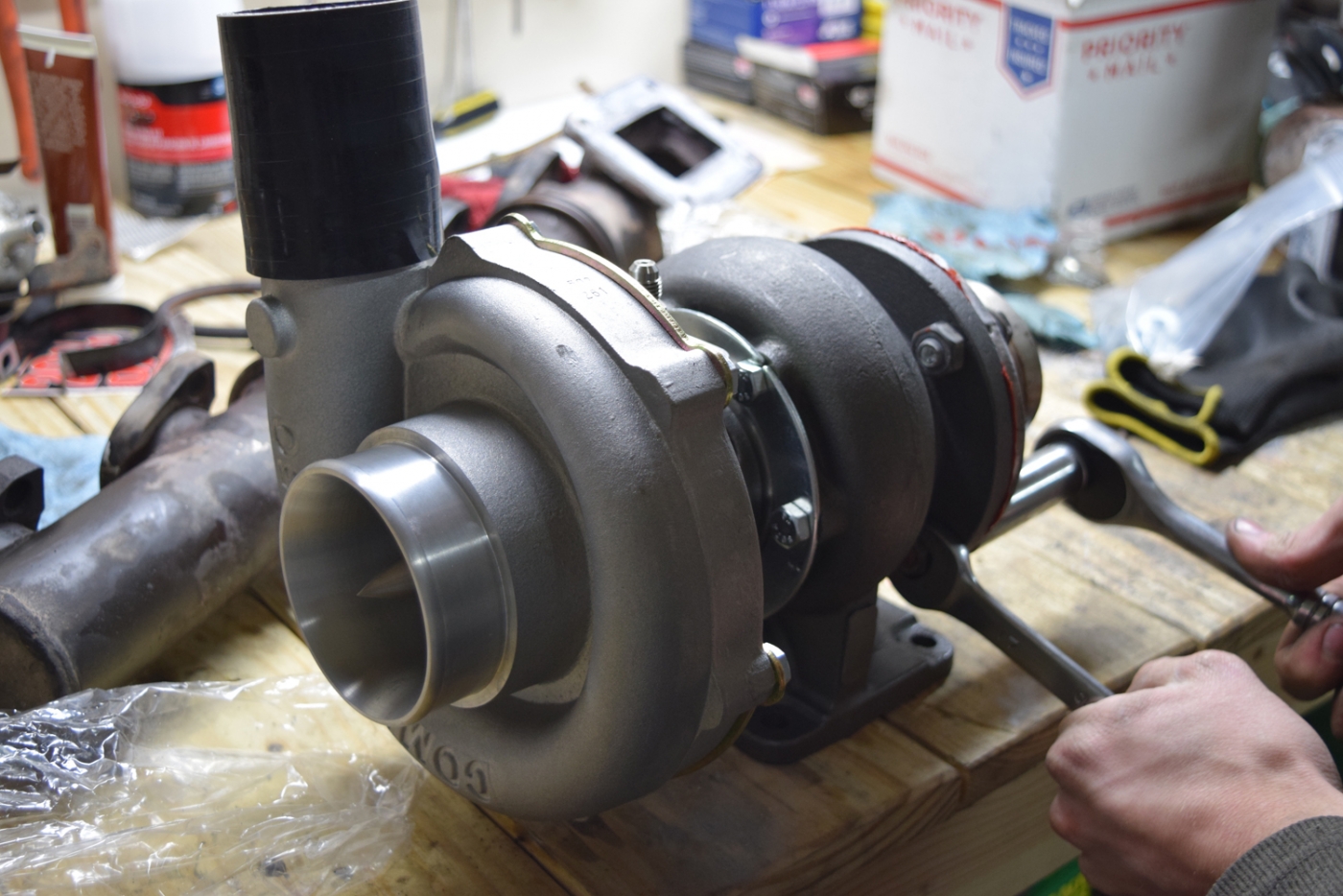
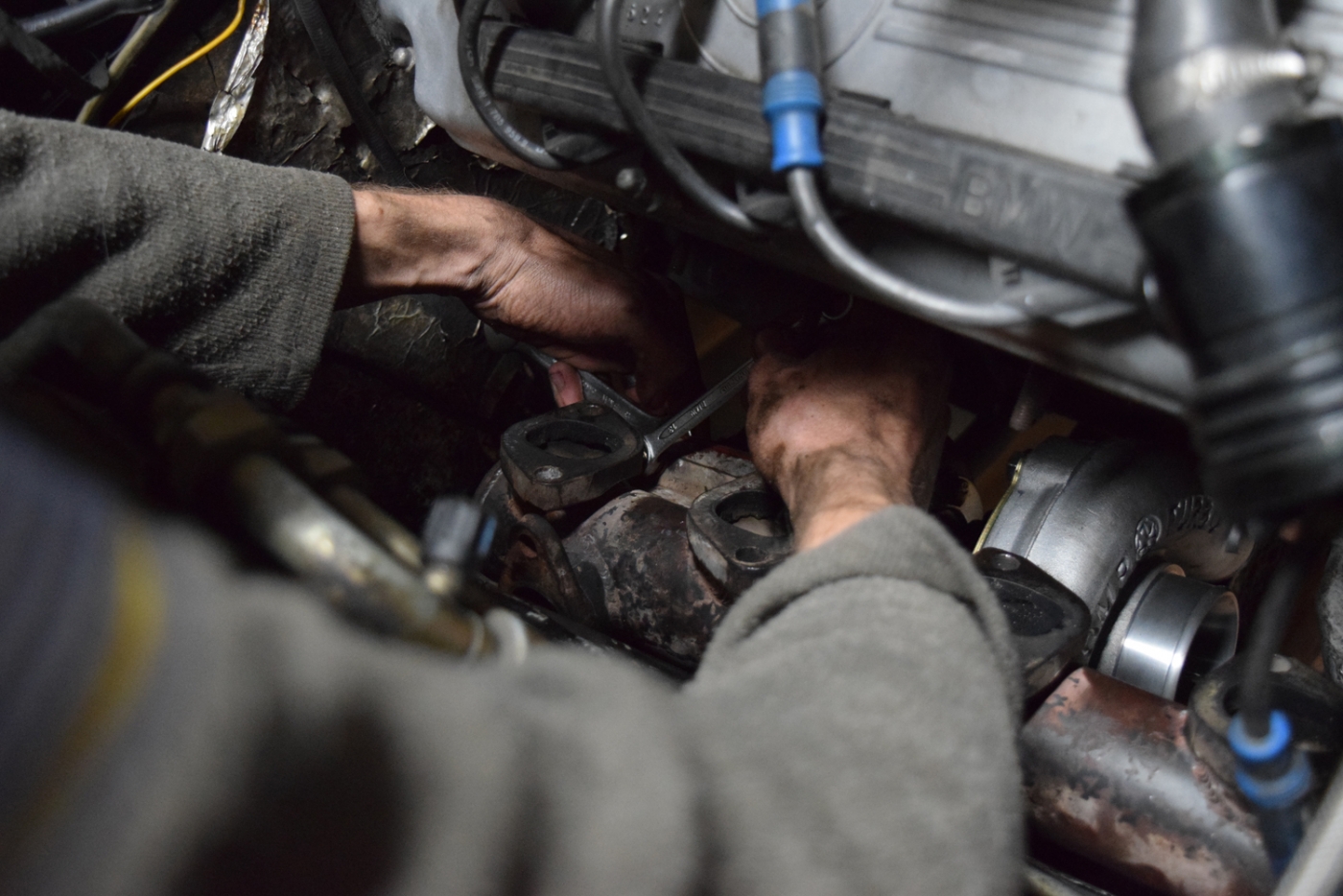
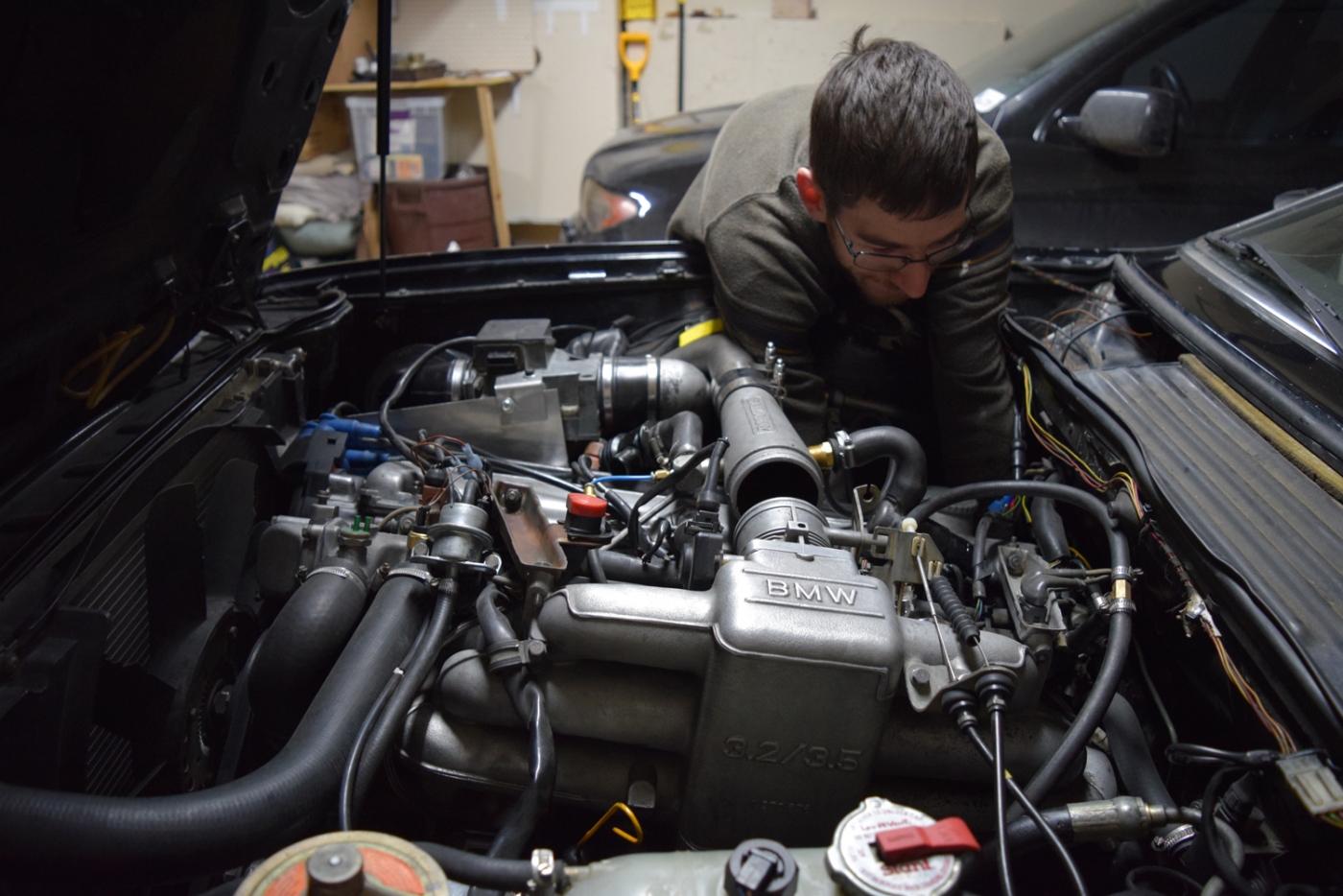
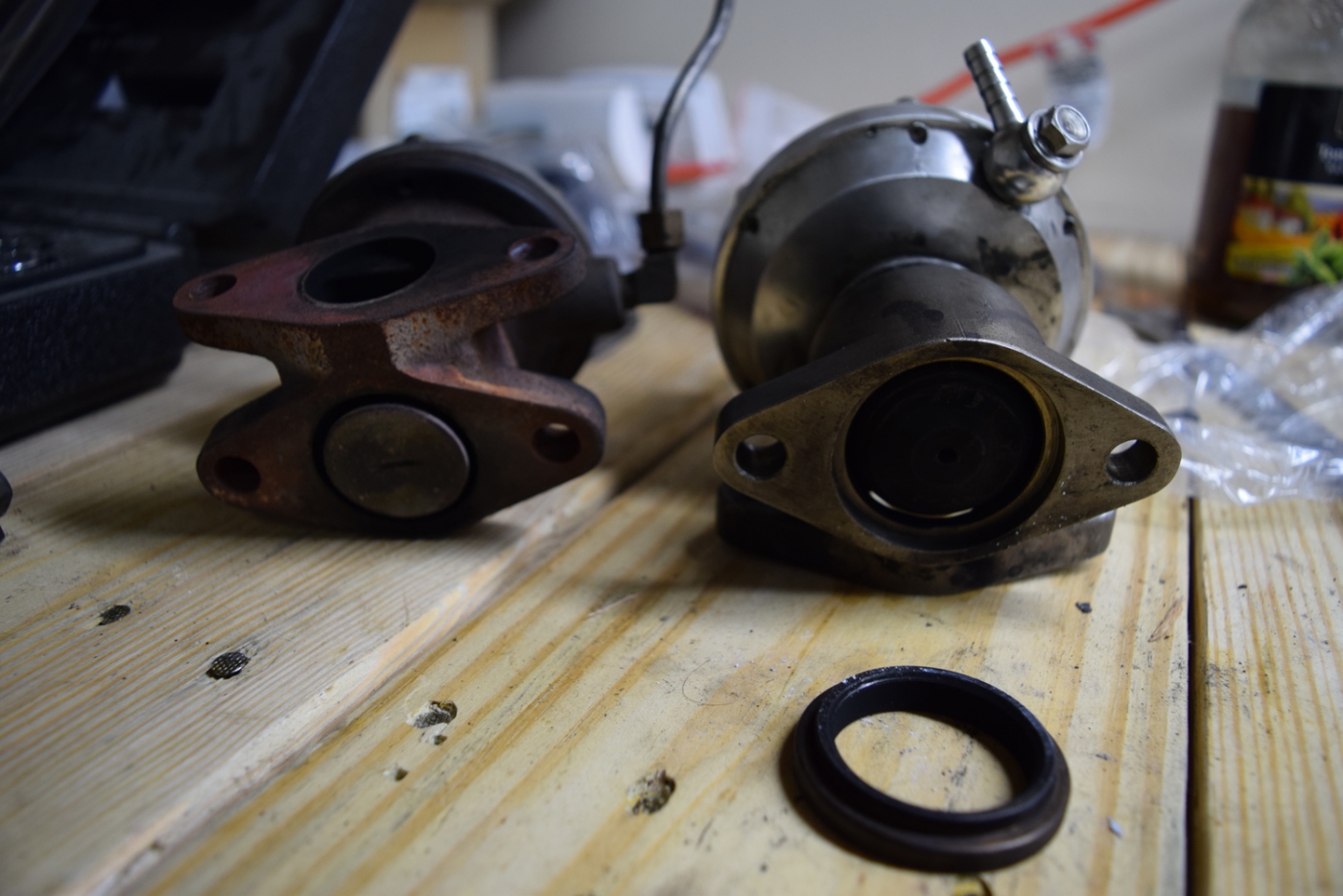
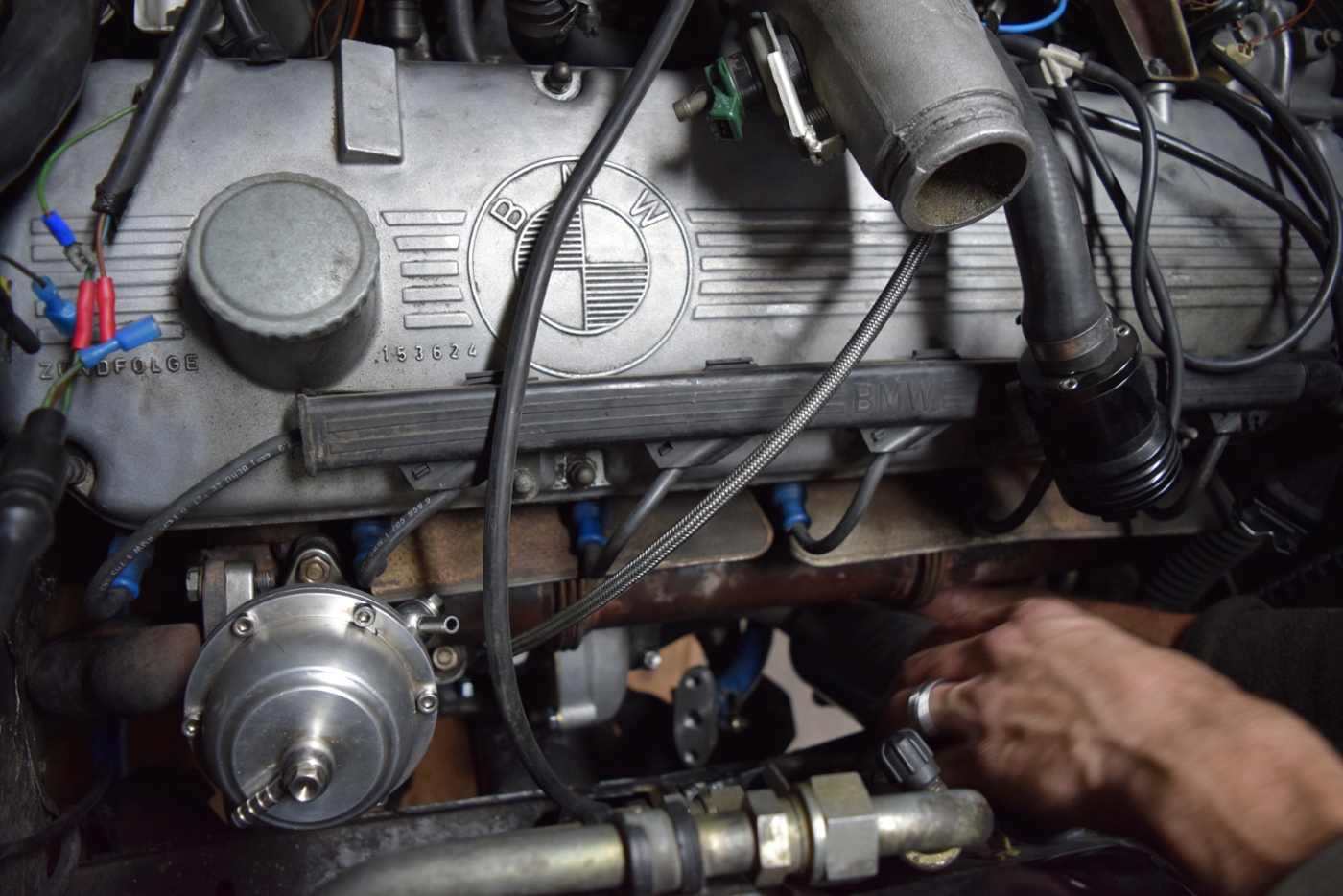
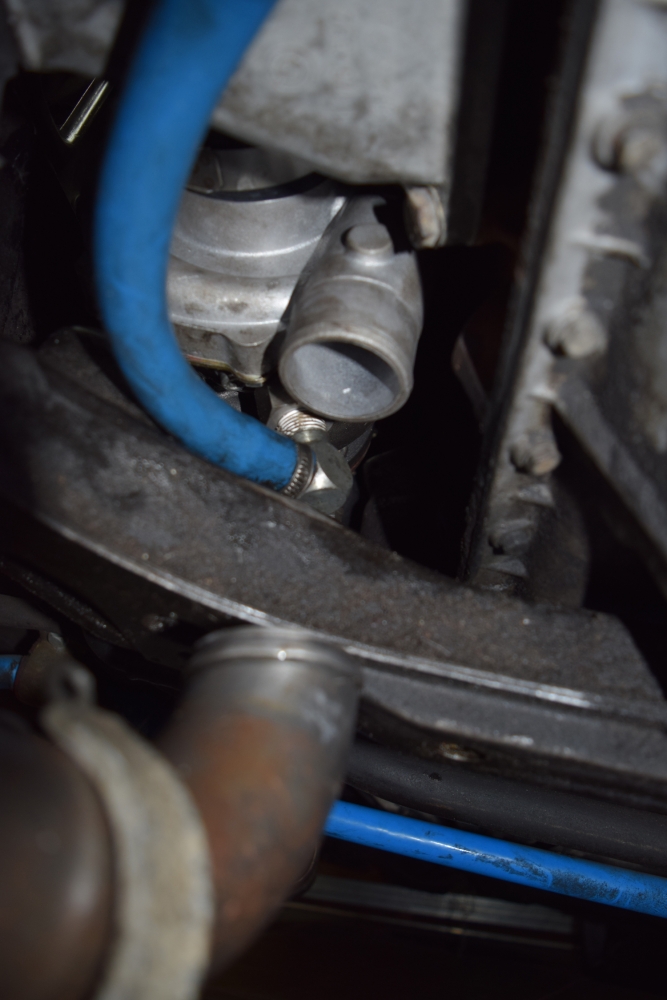
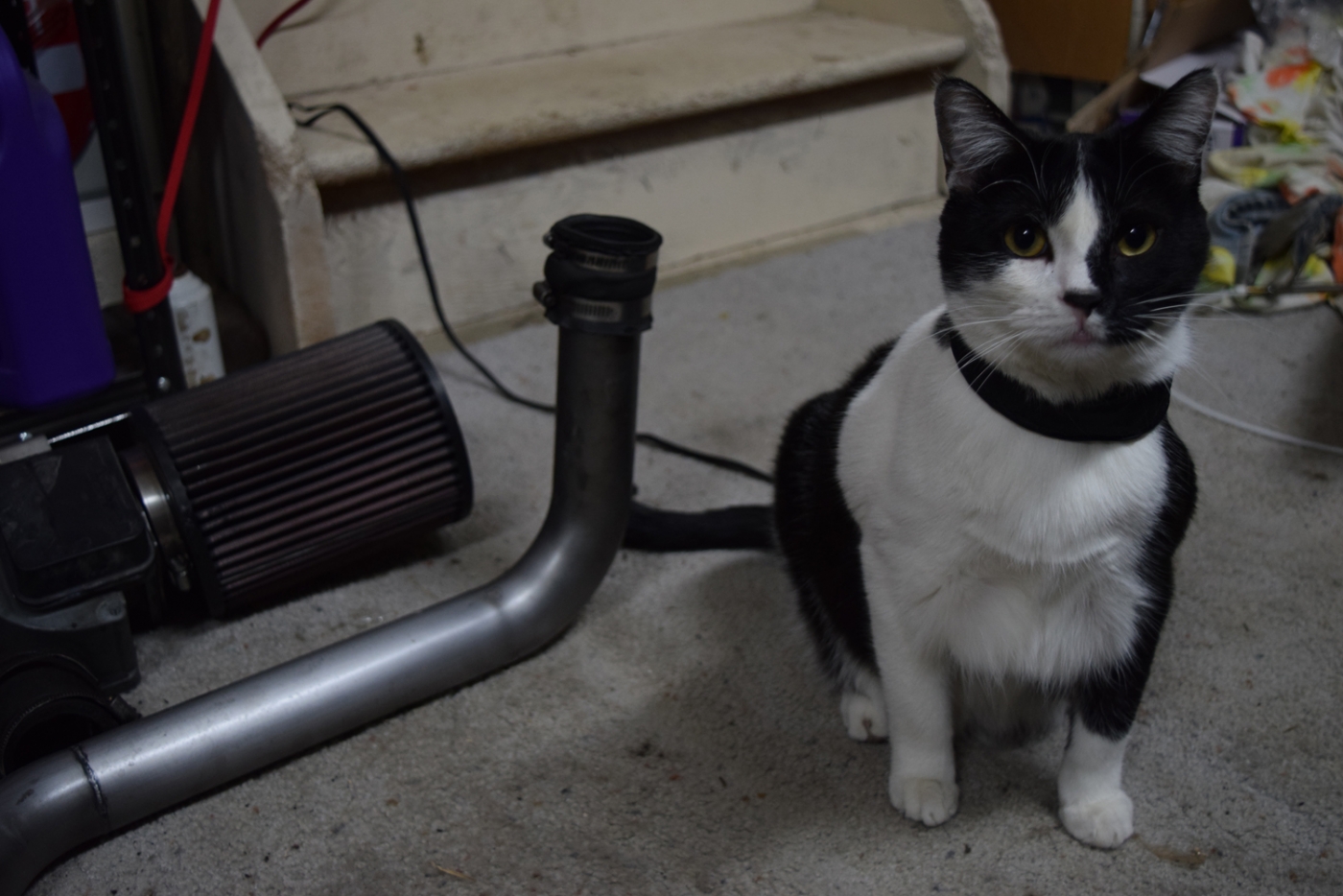
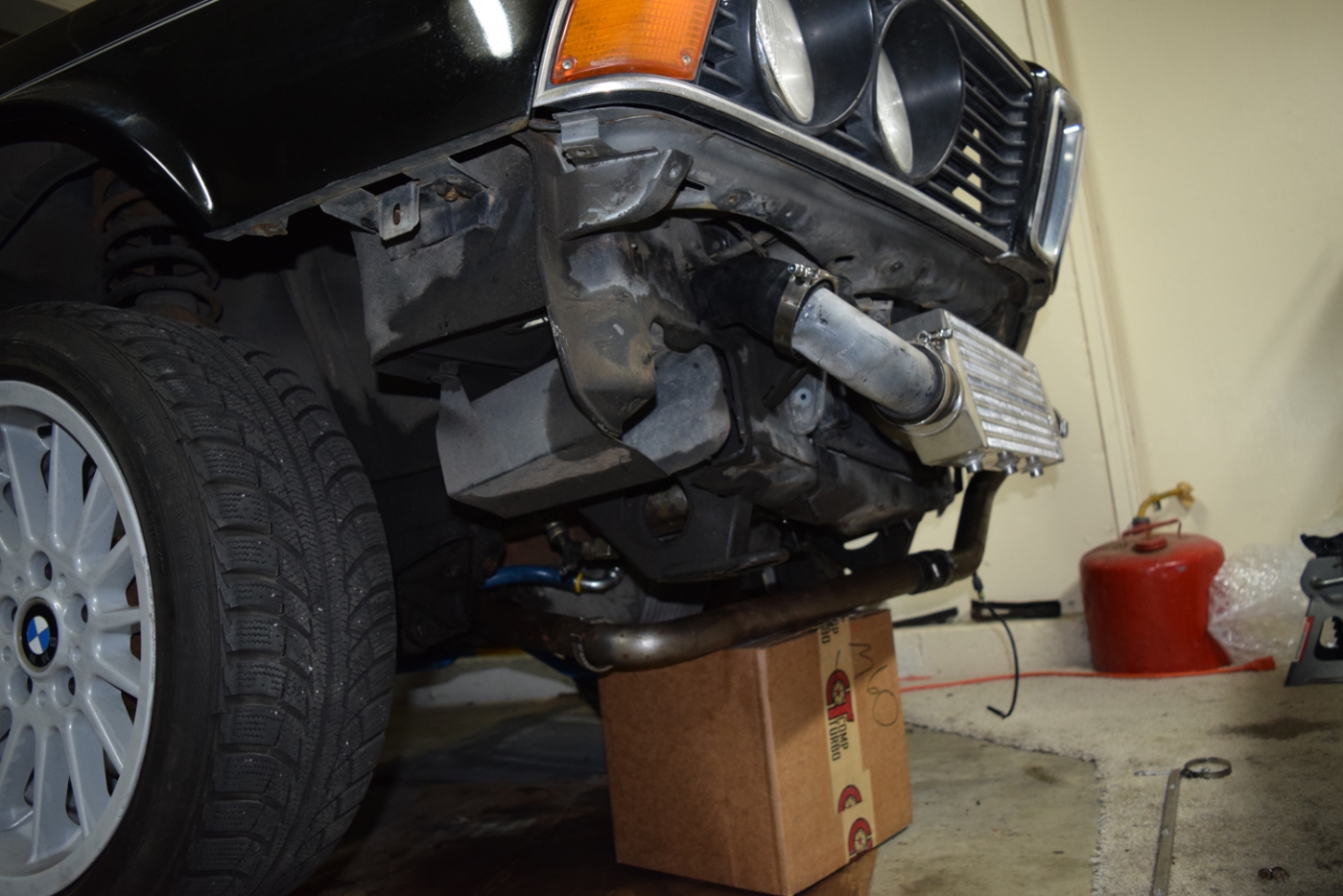
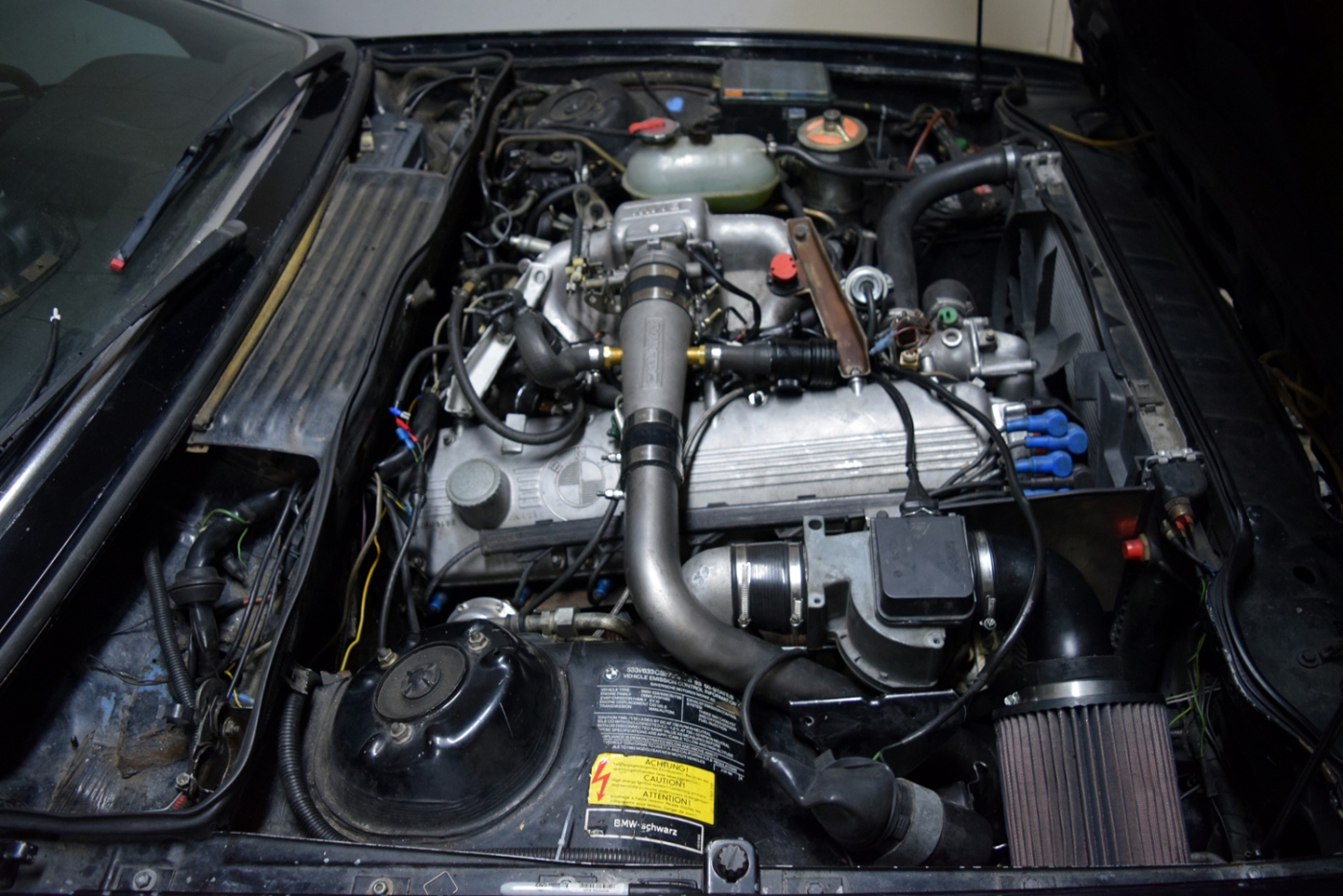
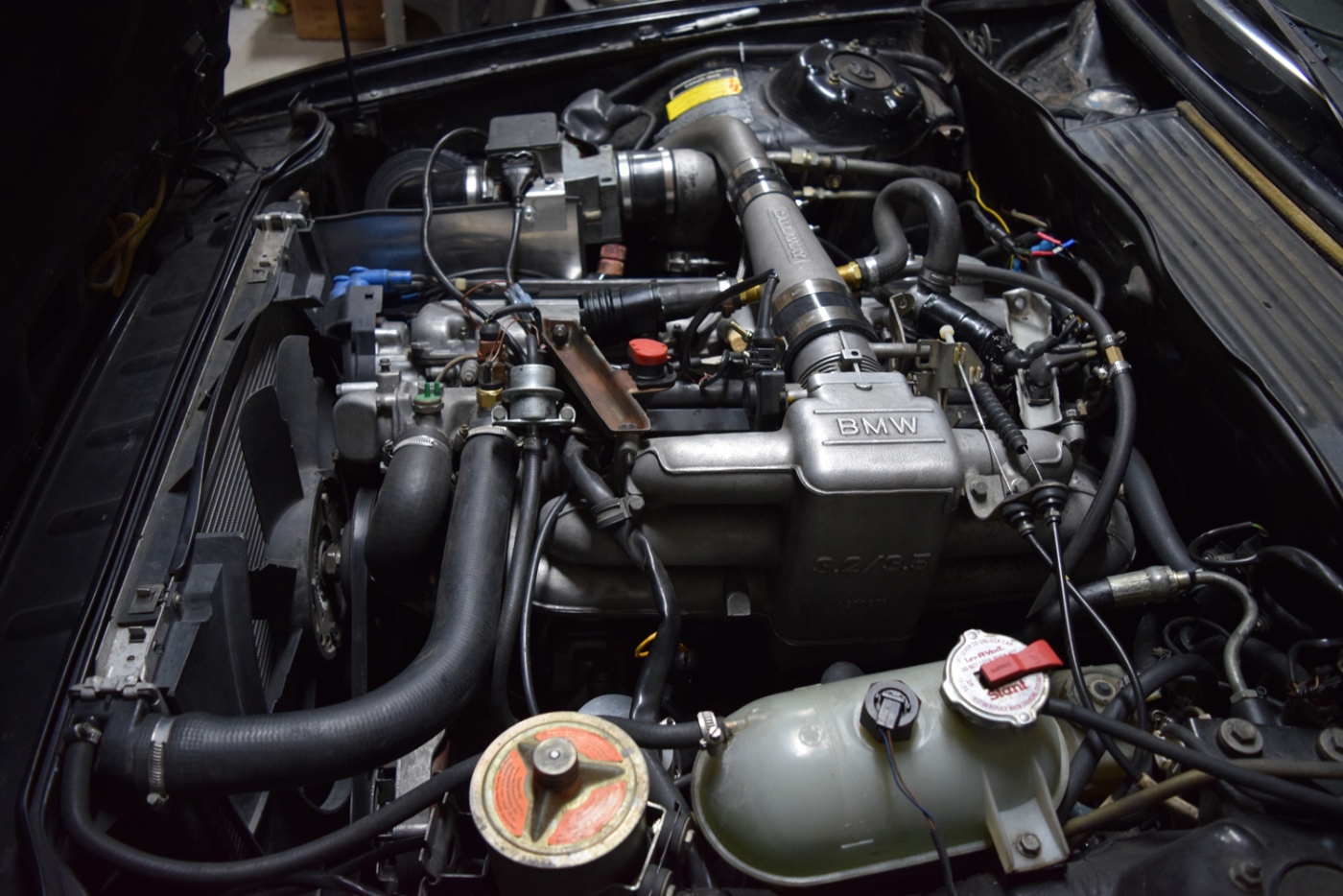
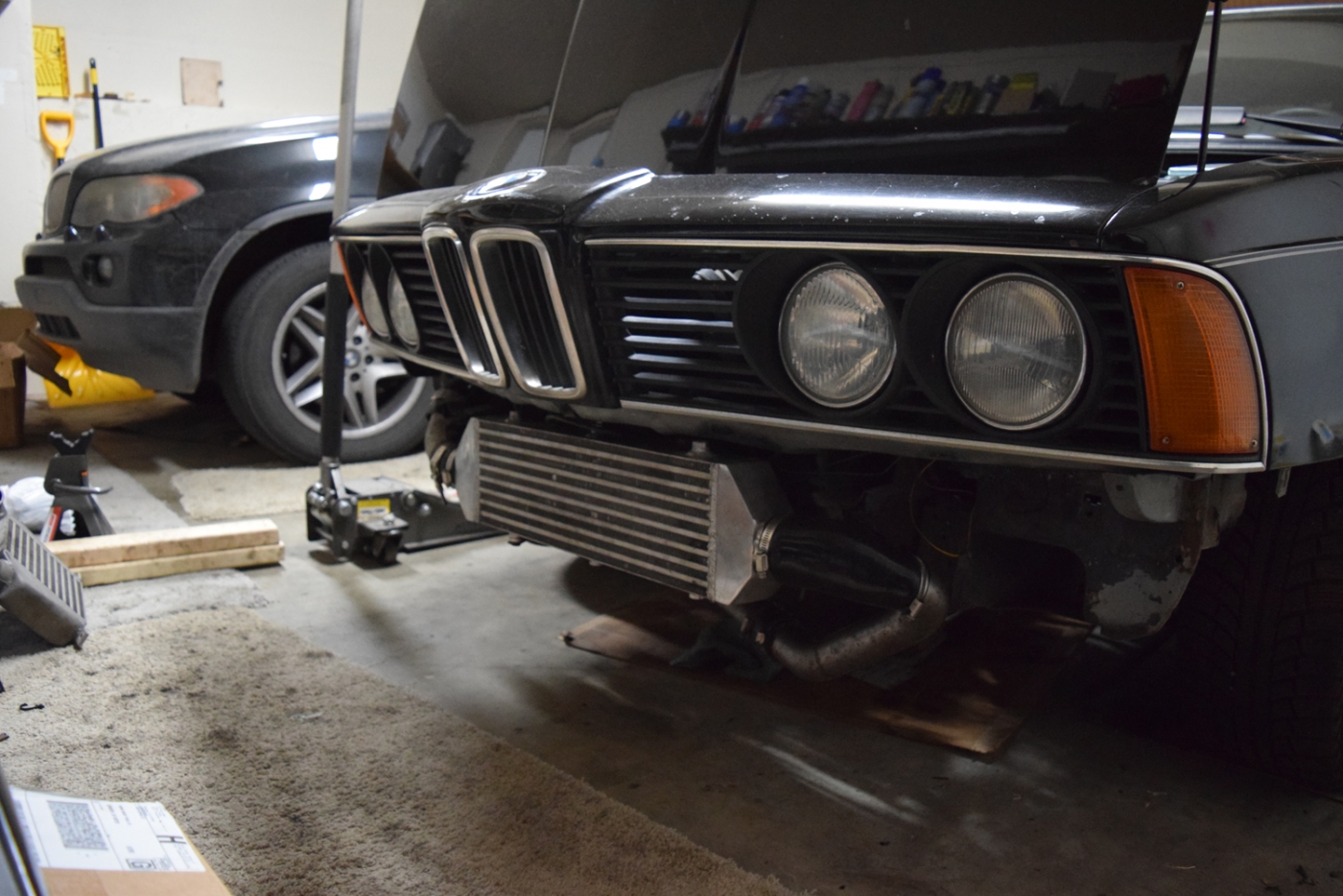
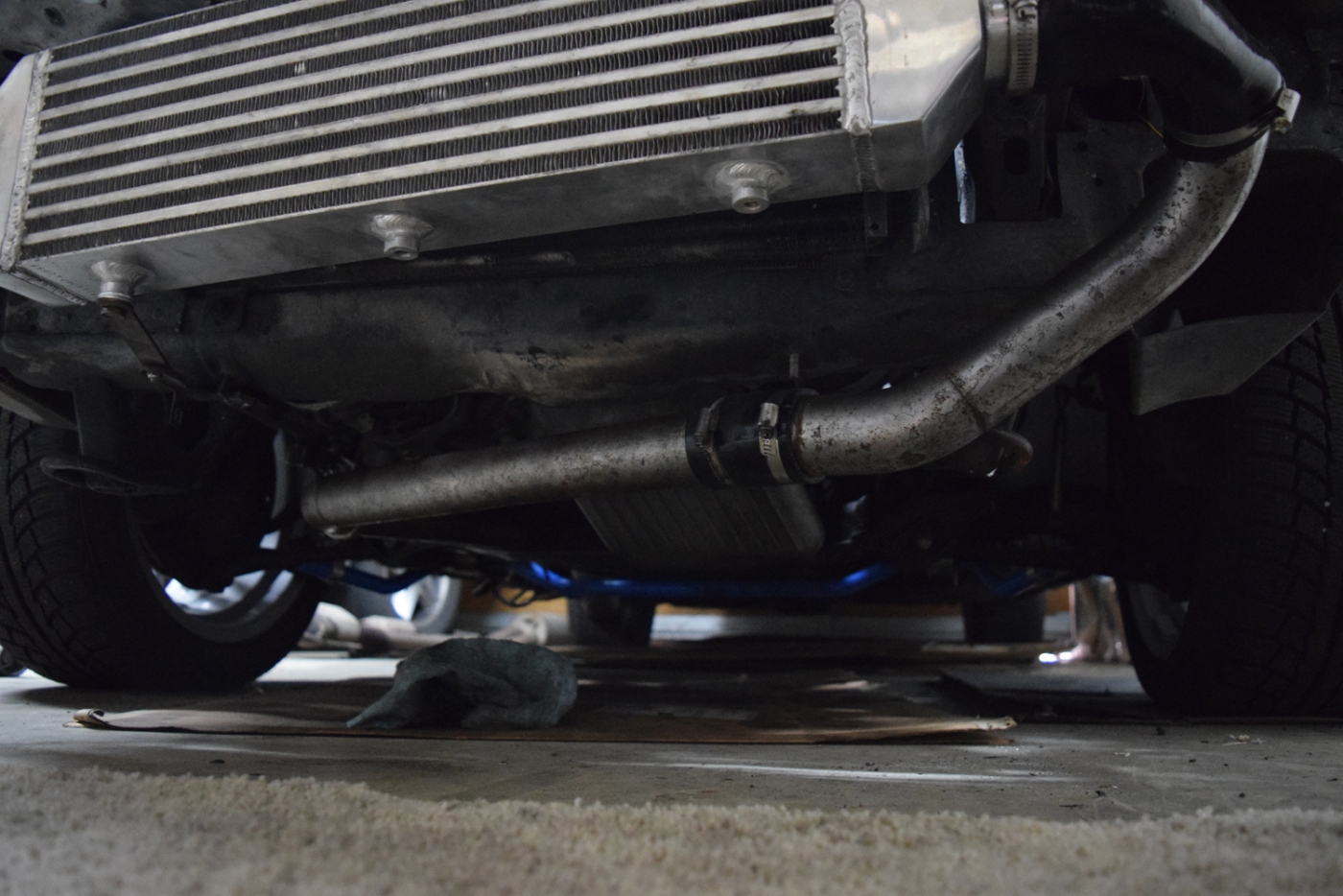
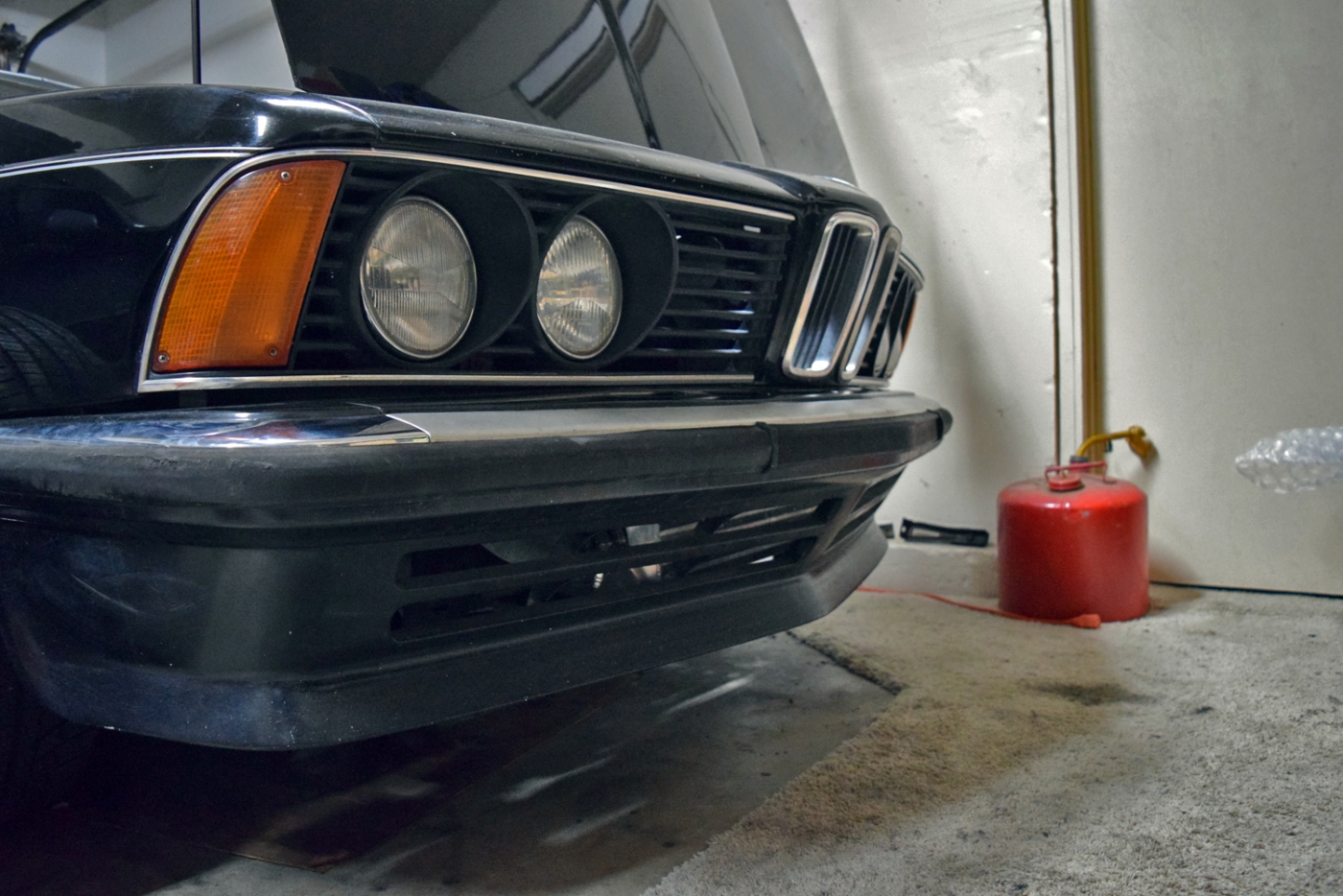
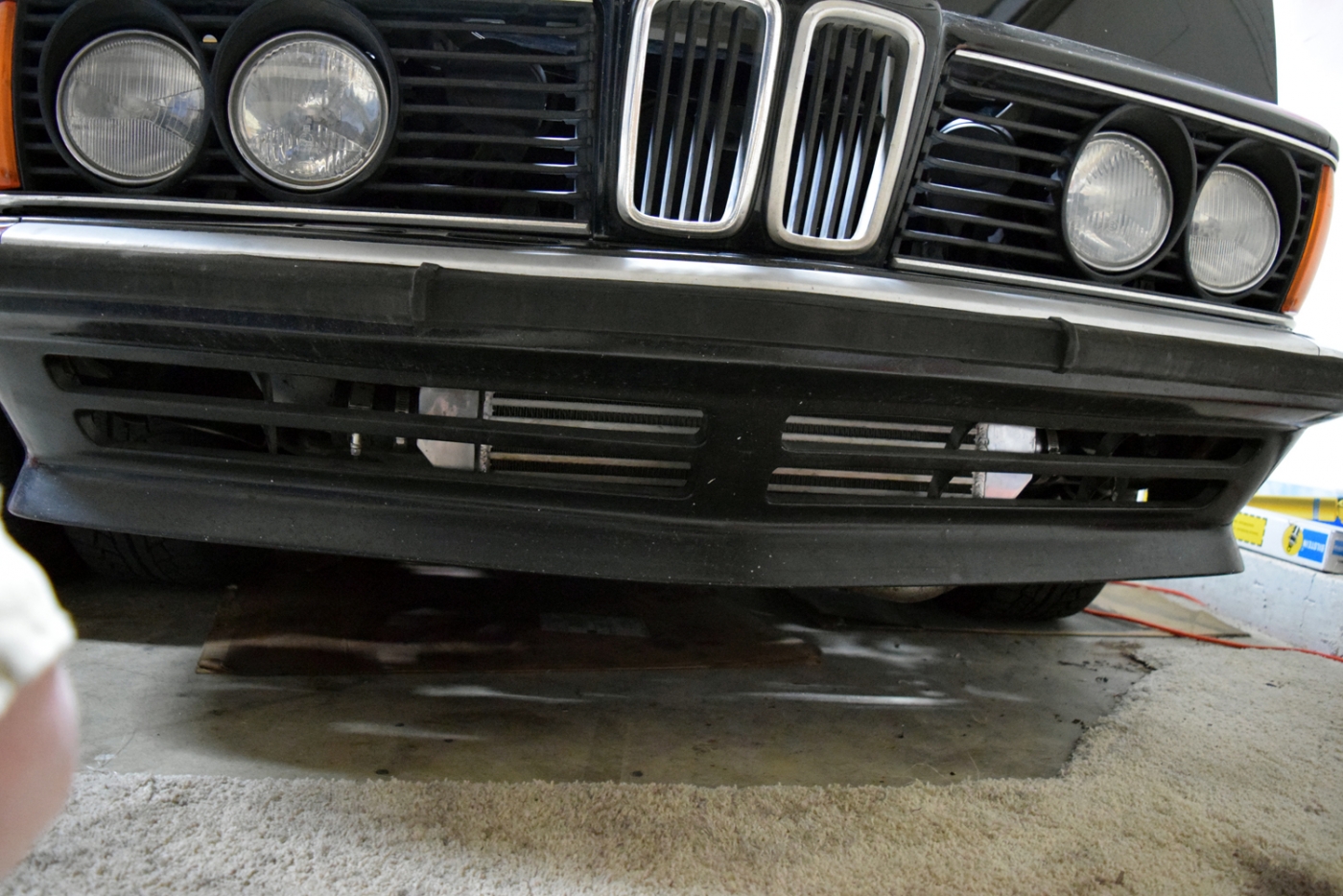
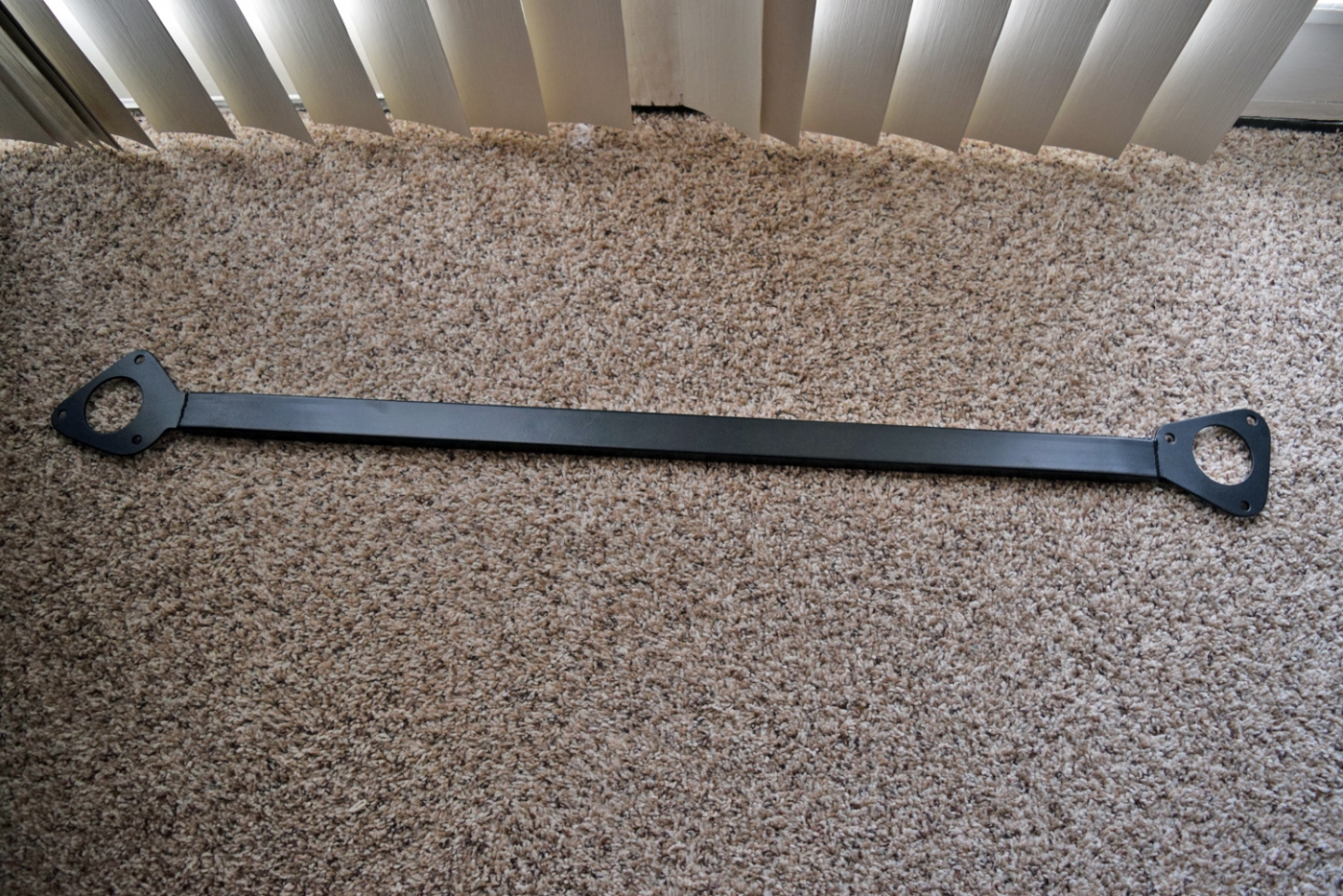
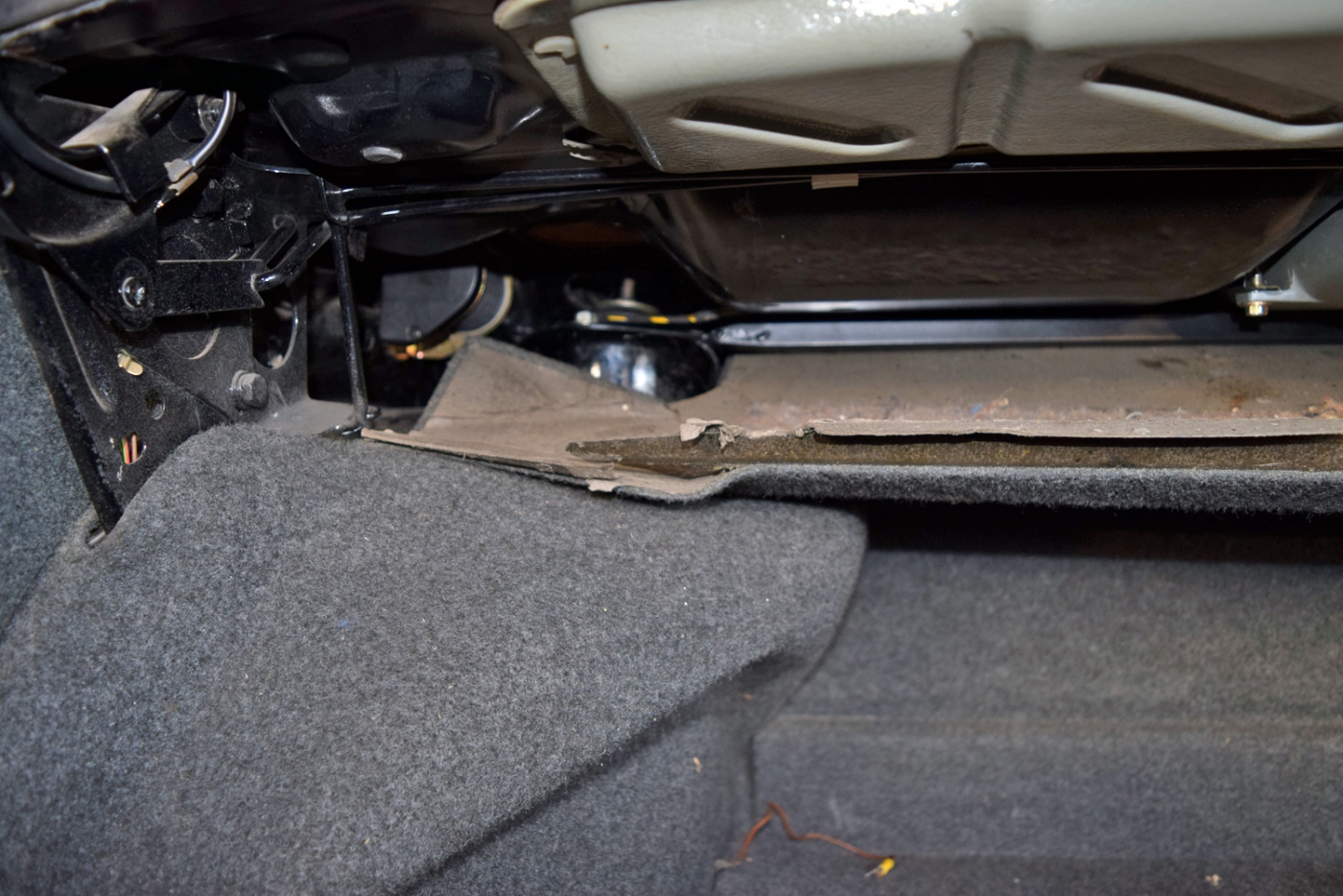
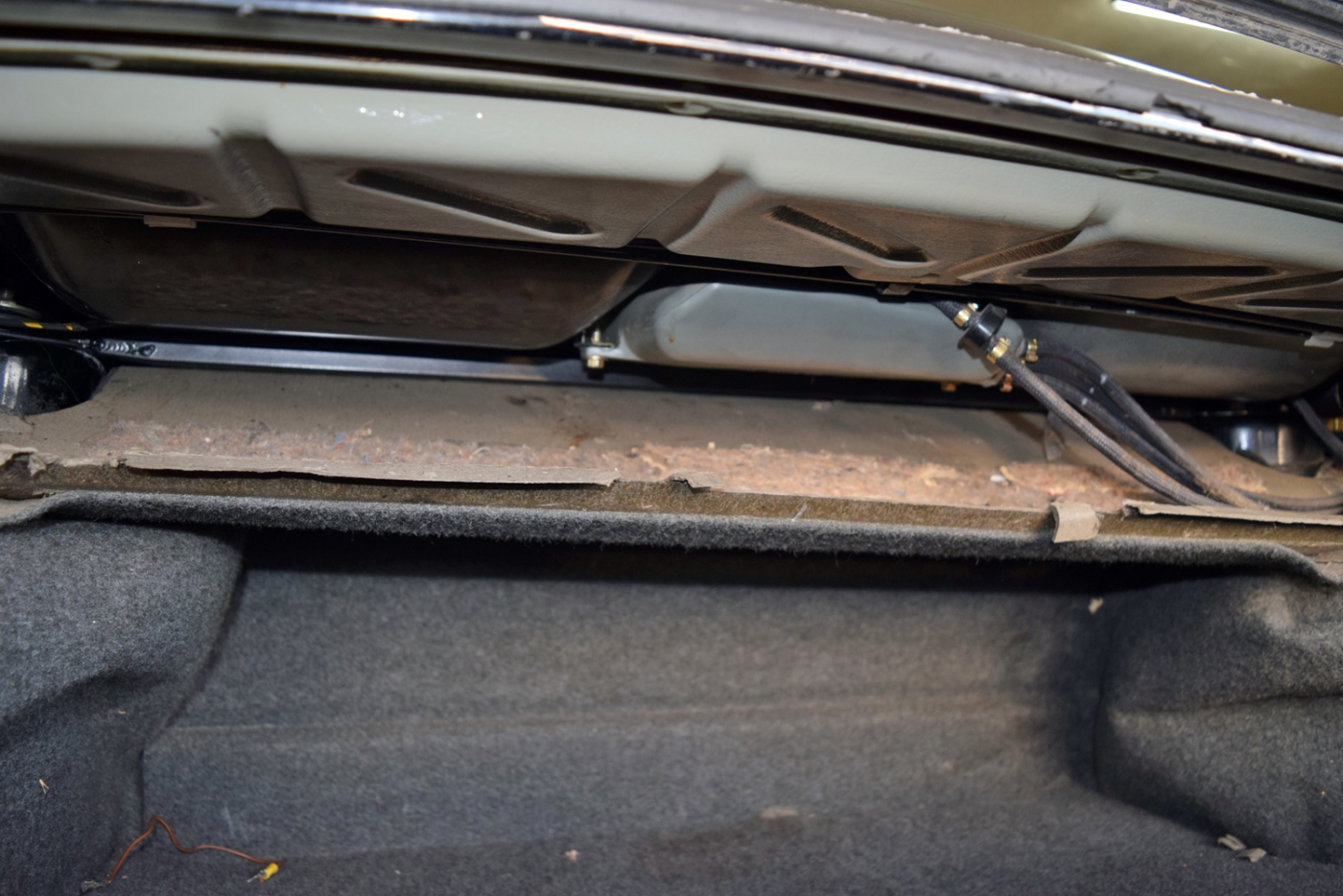
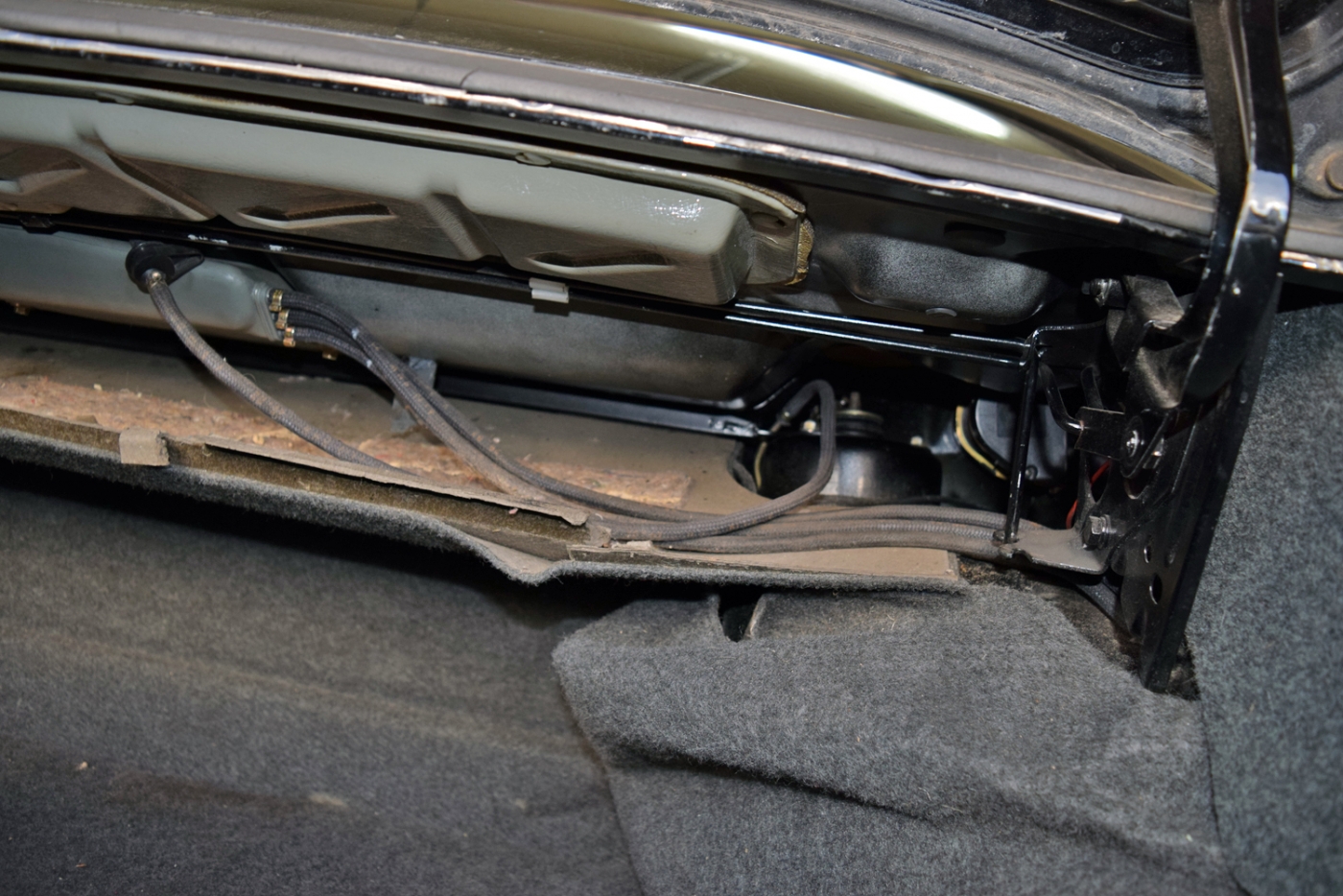
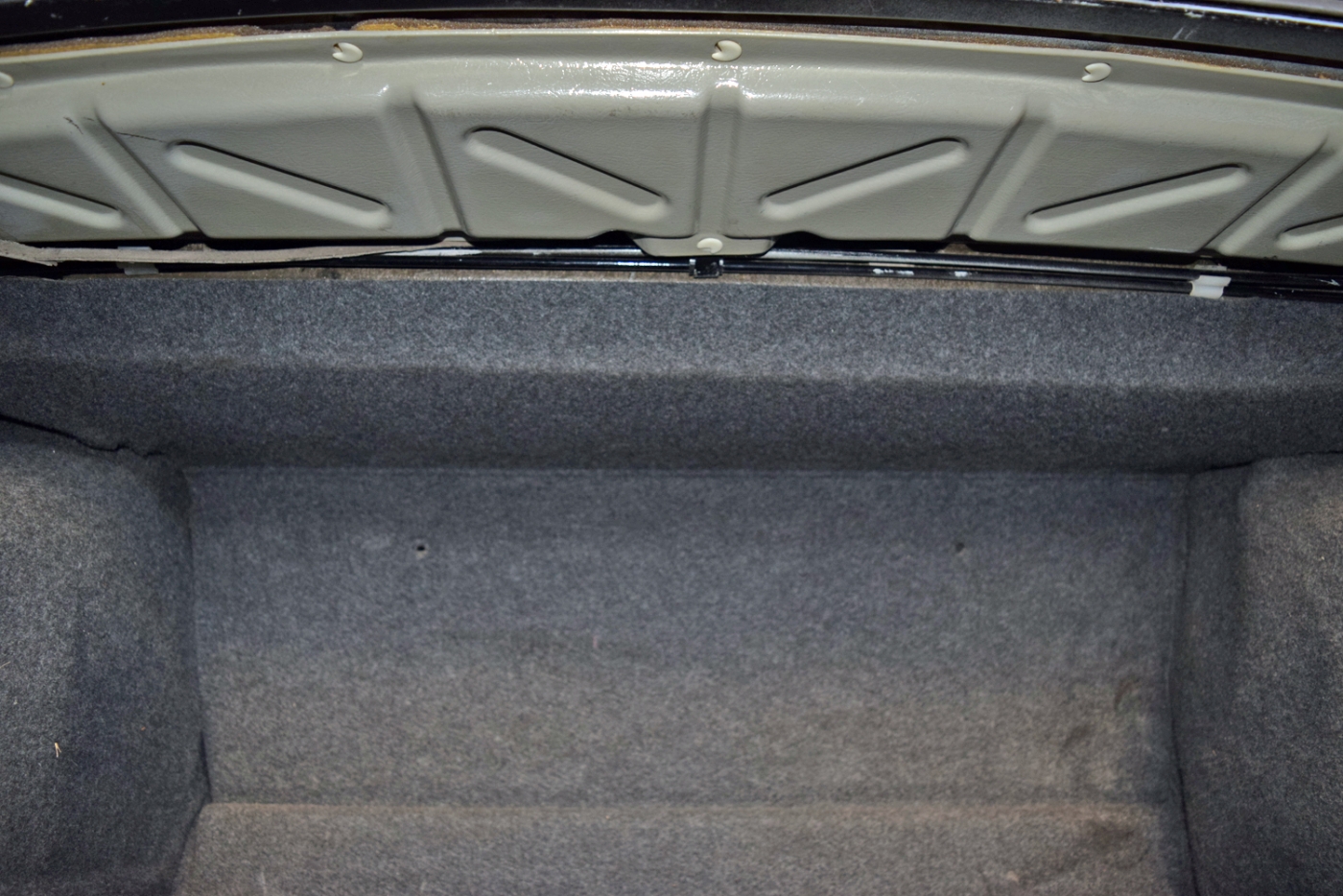
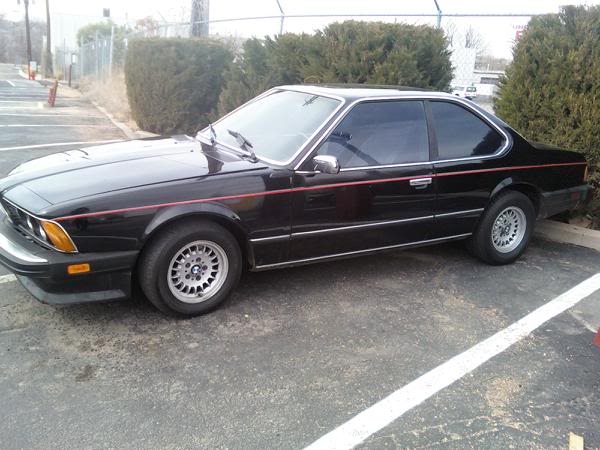
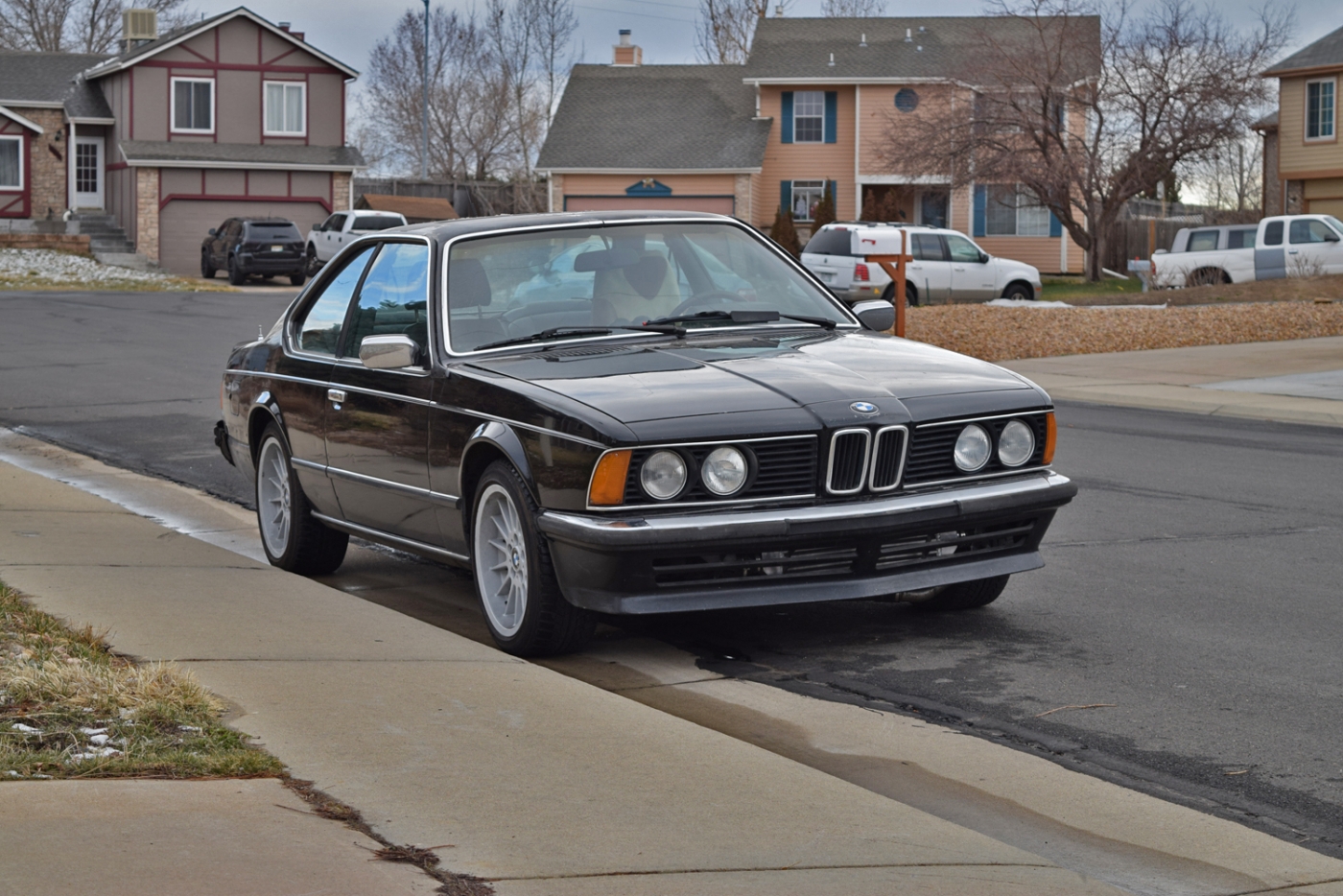
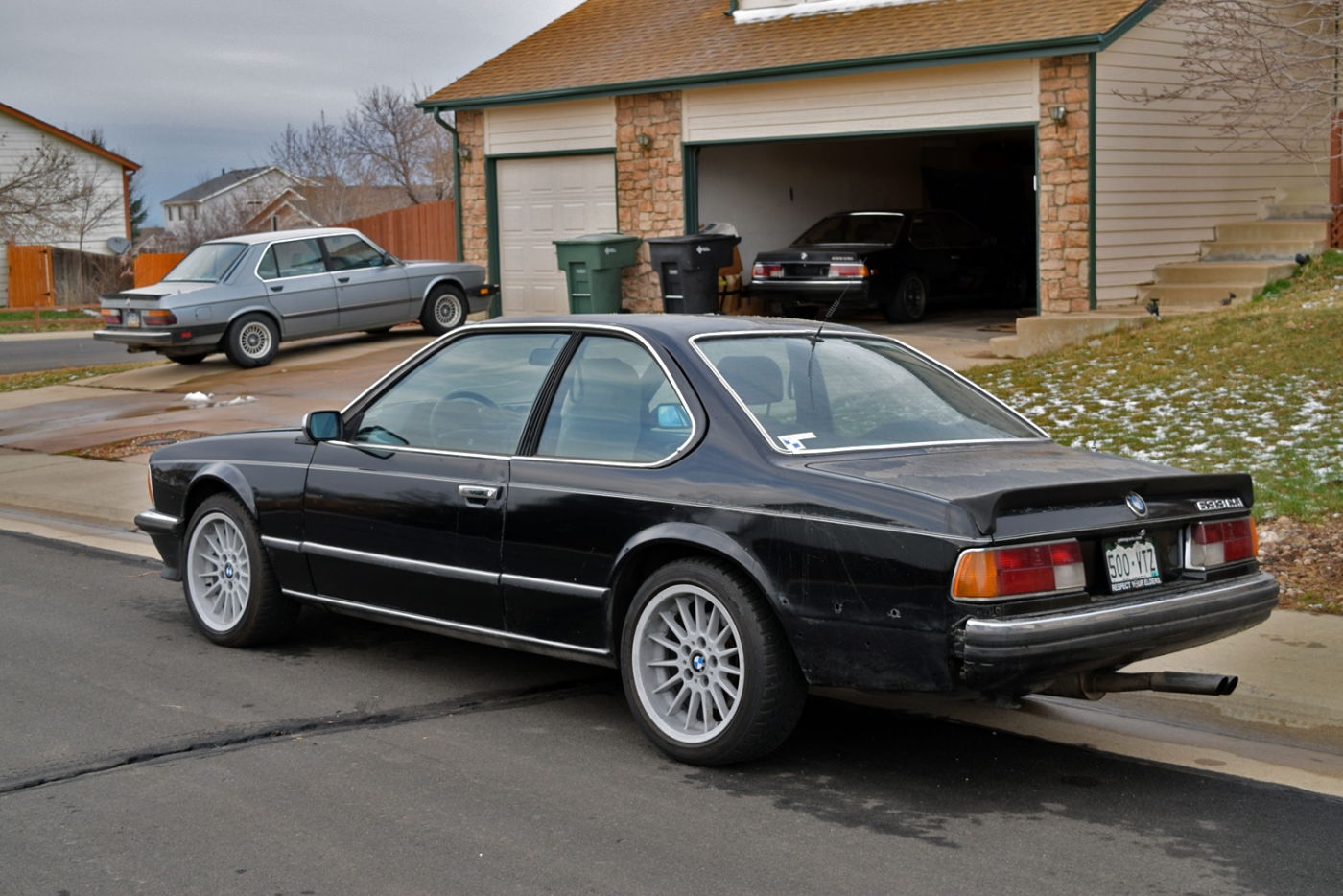
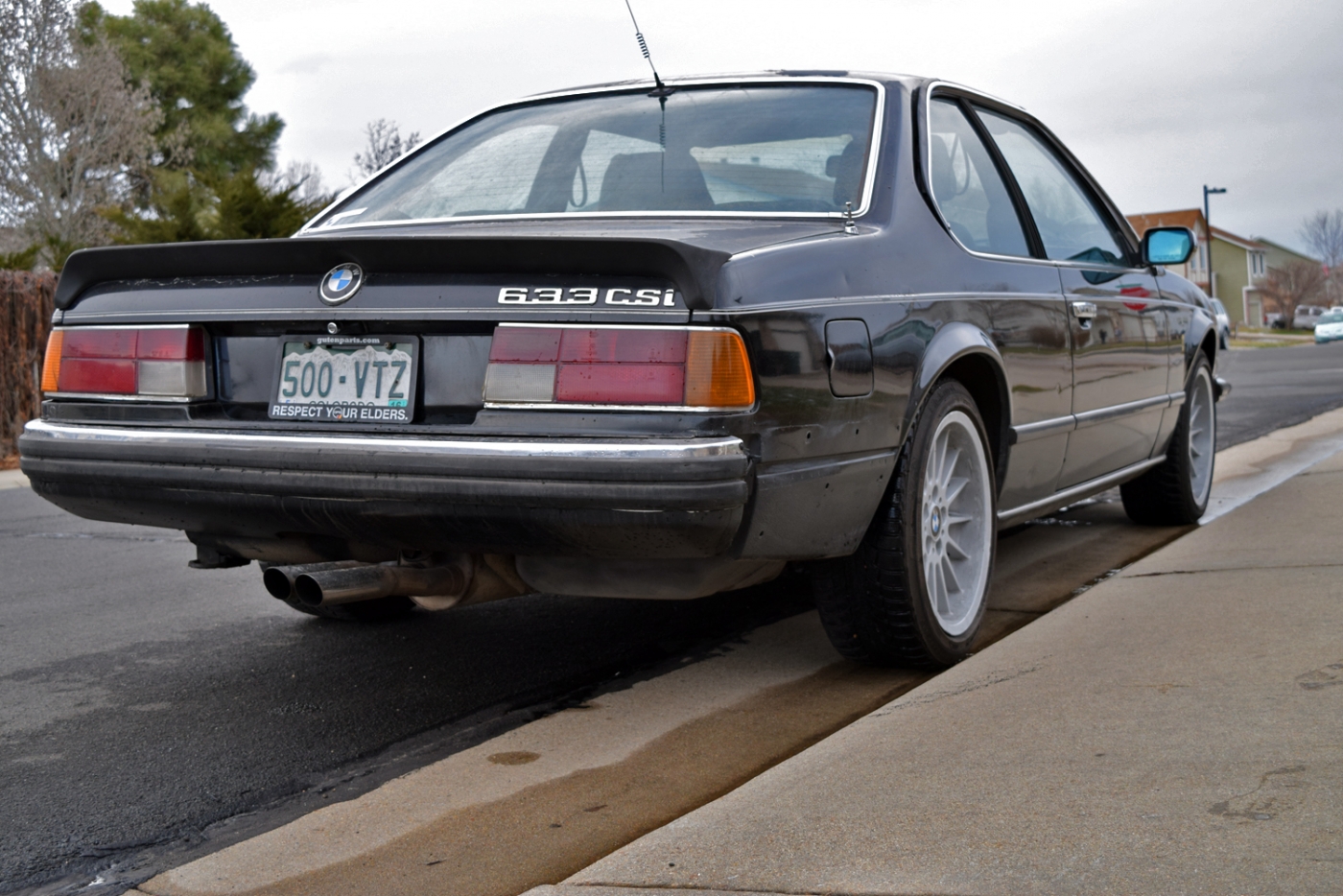
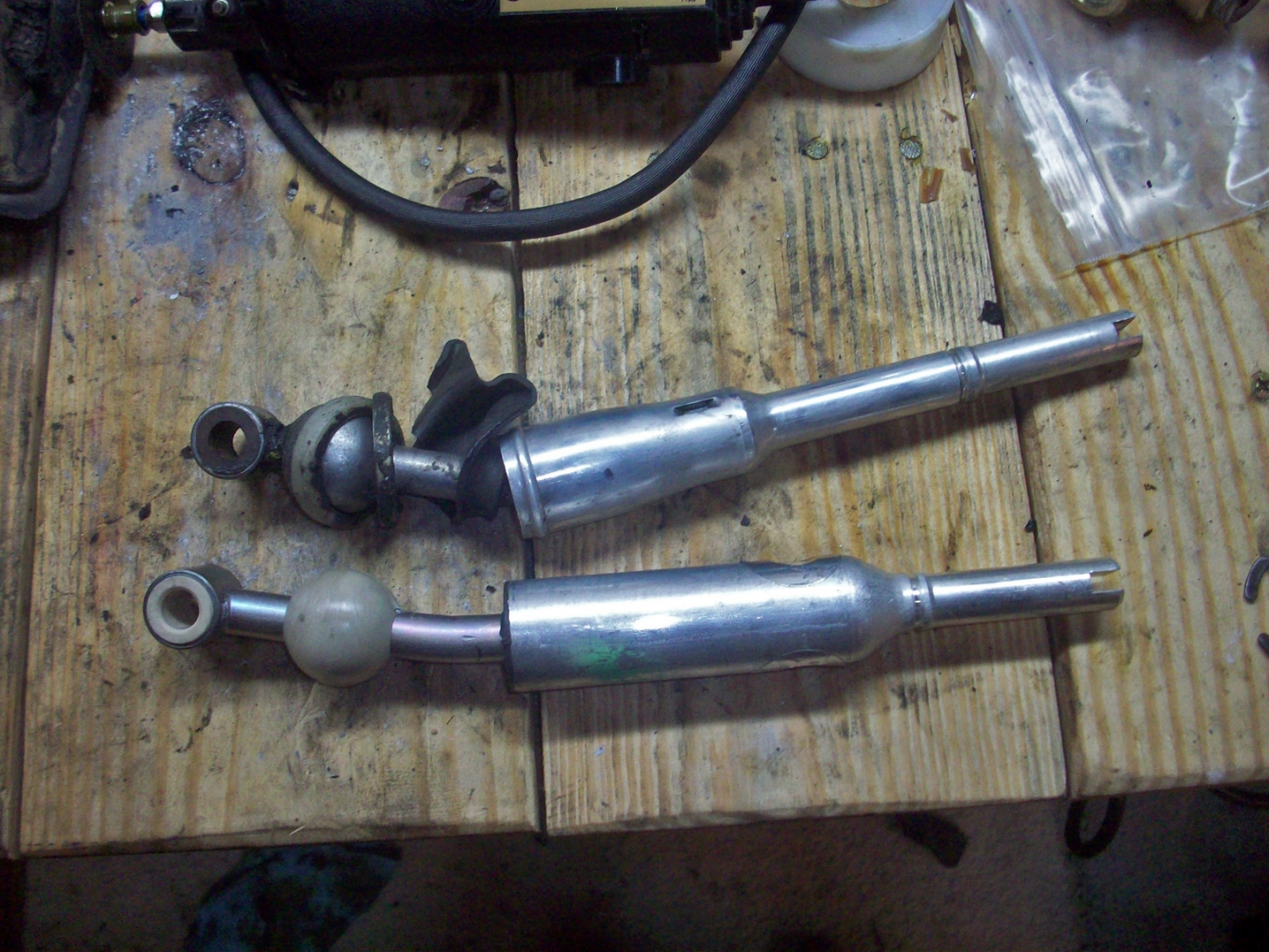
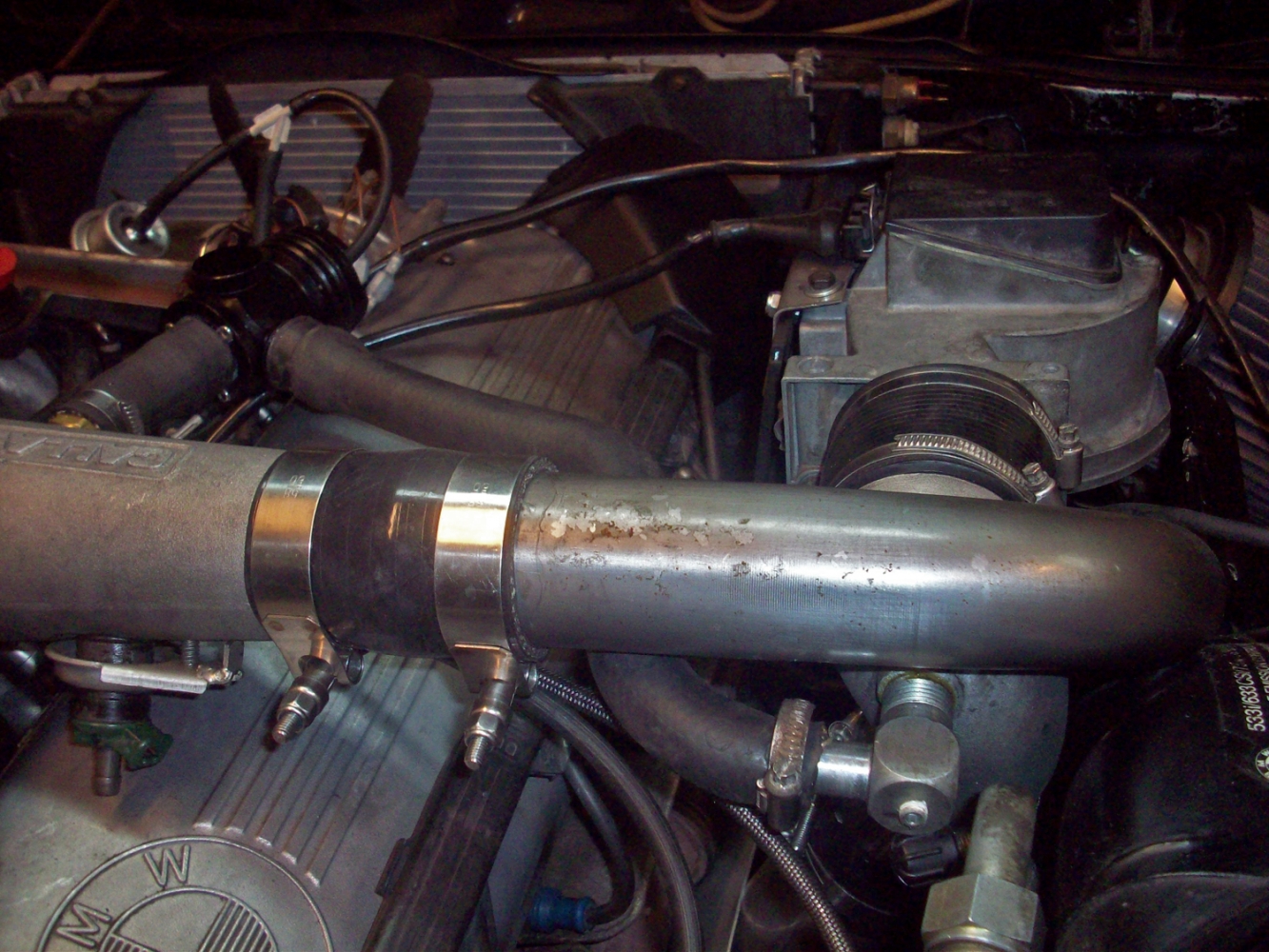
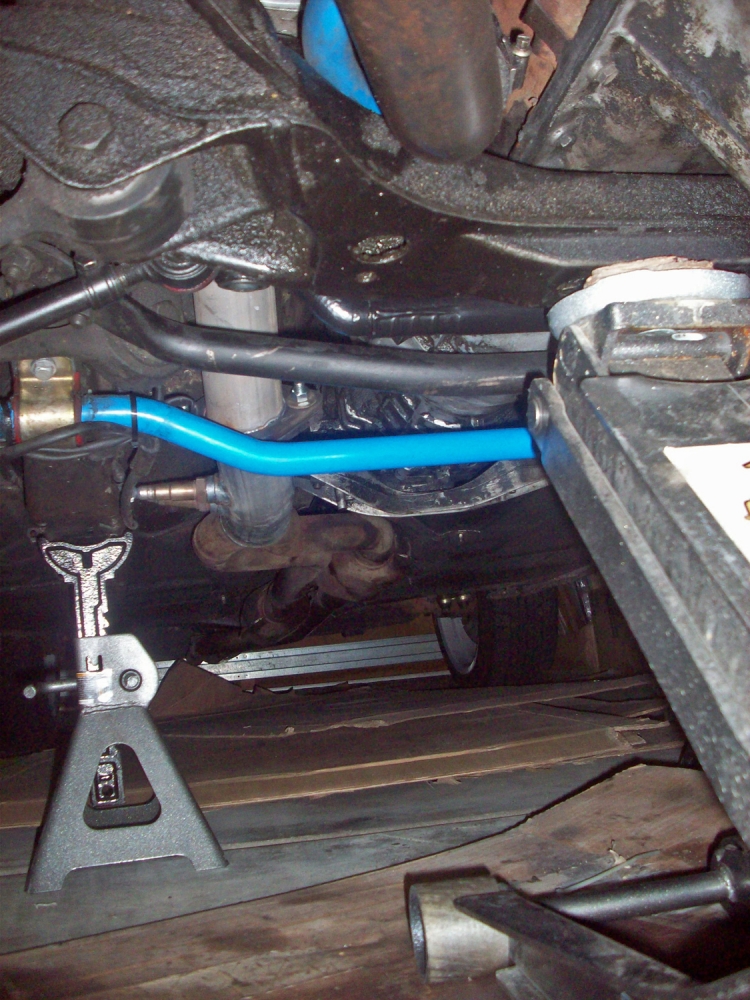
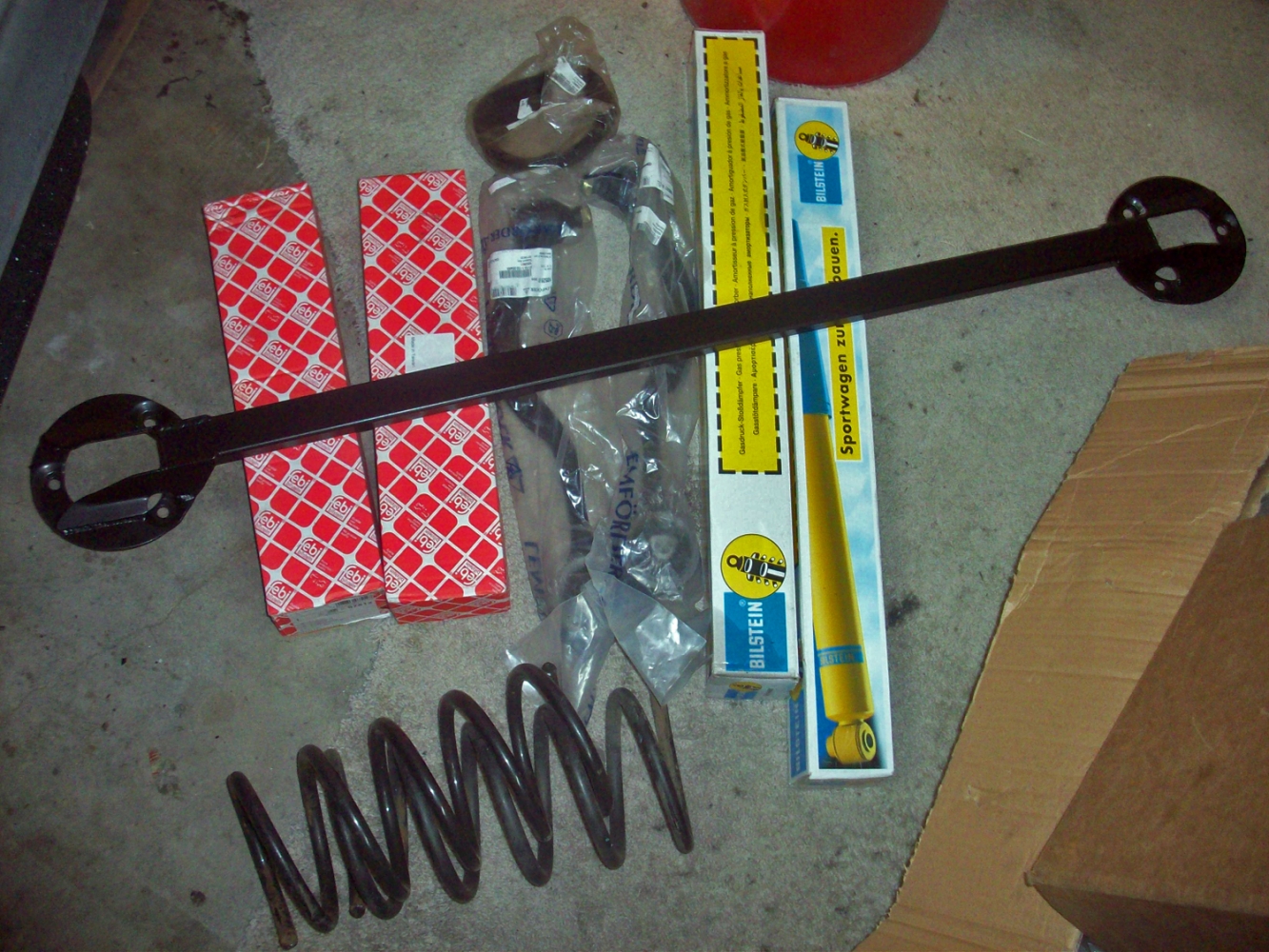
3. It is fine to leave vented to atmosphere but there are a couple things. Some people notice the smell as you have an oily vapor smell under the hood. From the factory it is recycled and burnt in the intake. You can't do that or you will pressurize the crankcase. With your current setup you could get water or dust in there (in the oil) so I recommend a filter.tschultz wrote:
3. I have the valve cover breather venting to atmosphere with a "breather vent." Basically it won't allow small objects in or out, just air and vapors. Do I really need to plumb this back into the intake system (before the AFM) or is it acceptable to leave venting to atmosphere?
6. Fueling goes more rich in colder temperatures. I imagine this is the case with the standard system, but maybe it is exaggerated a bit more due to my larger injectors. I have further testing to do in warm weather, but like that my FQS switch will allow me to both add and remove fuel with the simple rotation of the knob. I still need to determine if this is a reasonable setting to change based on air temperatures. Maybe on hot does I effectively add fuel, and on very cold temps I might consider removing fuel.
7. With my current setup I am not using O2 feedback in any fashion. I have a terminal sitting there so I can connect and disconnect for testing purposes, but my current fuel method is not using O2. This leaves the O2 sensor in place but disconnected, and my Wideband sensor in place giving me digital AFR readouts.
8. The current wastegate is a non-name TIAL knockoff. The spring setting is 7 psi. No boost controller yet, but I have looked into them. First, I plan to bump the spring up to 11psi and tune fueling if required. The new TCD turbo seems to spool up about the same amount as the old Rotomaster. Overall power at 7psi isn't much less than the Rotomaster at 11psi. Good to know that I haven't really sacrificed anything with the new turbo. Also, the SS hardware had no problem coming apart.
I am hoping this power bump will allow me to keep up with stock E36 M3's on the track. They have the altitude loss of NA power, where FI doesn't lose quite as much.
9. The rear strut bar didn't fit perfectly. I had to elongate the holes slightly so that they would line up with the holes of my chassis. Not sure if this is due to the accident history of my car or the Mason Engineering Strut bar. Hopefully I won't have this problem with the front one. Regardless, the idea is that both are more tied together than before.
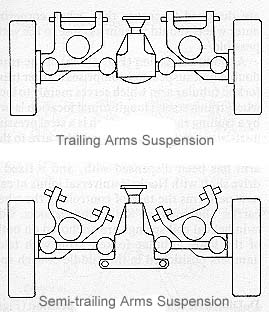







Not sure if the Euro M3 e36 with the S50 engine/gearbo combo has a different Gear lever though. My Sport Evo came with a Z3 1.9 shifter, which I replaced for an EURO M3 e36 (I took it out of the donor car myself) and the latest is almost an inch higher and the throws are longer enough to reduce the notchiness but I have no link to show it so you'll have to trust me on this...
EDIT:
Just took a better look at the link and actually THERE is a difference between the Euro M3 and the US M3 e36 lever's. Euro M3 (same as E46 M3 and M5) is a 5.63:1 and US M3/328 is a 4.86:1 whereas the Z3 1.9 is in between (5.13:1) in terms of ratio. So as I said, the EURO M3 e36 has longer throws AND has a longer lever from the ball up.
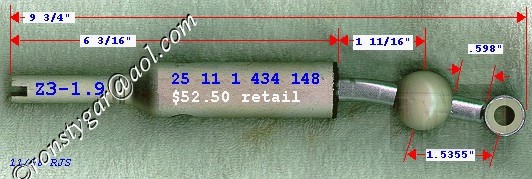
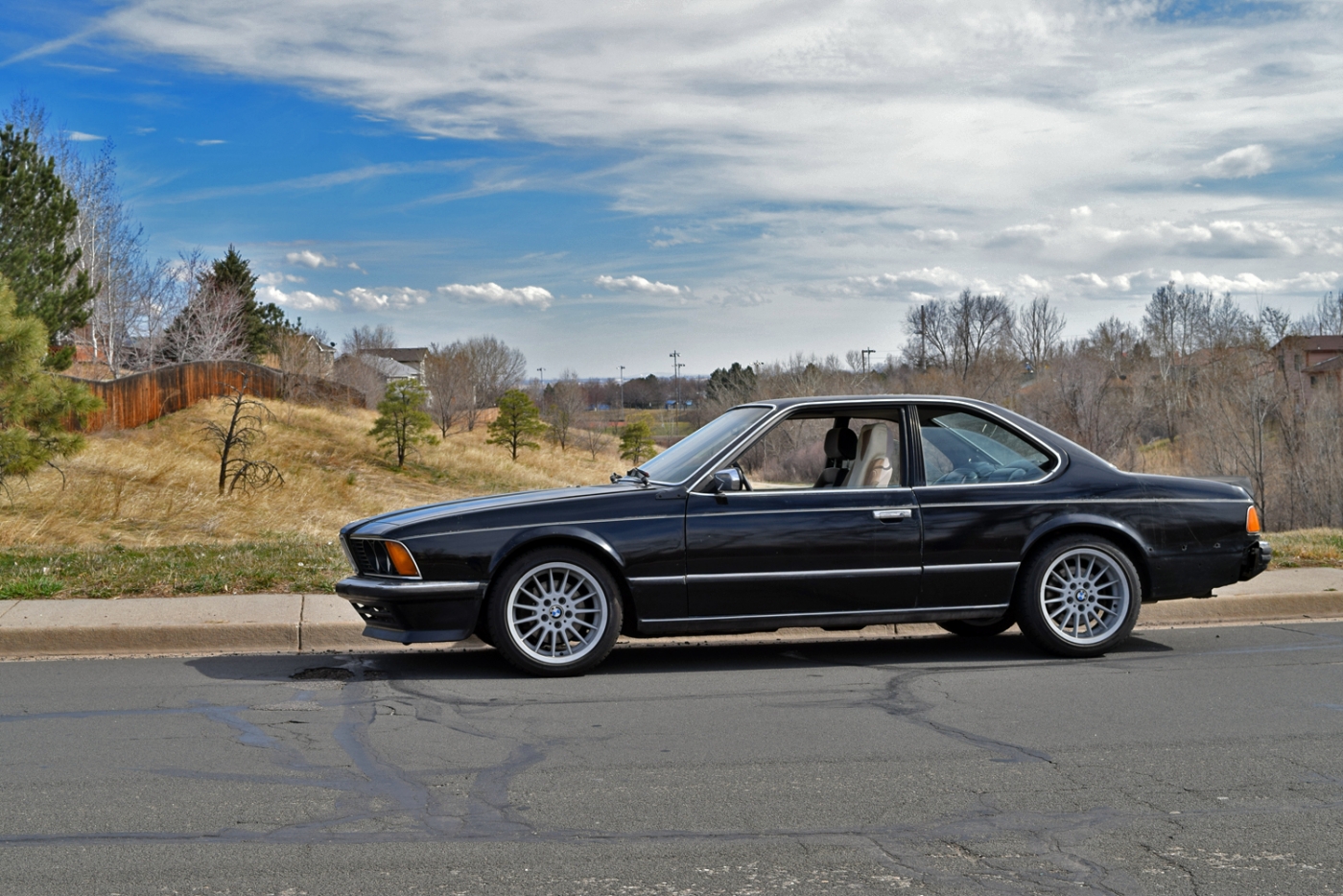
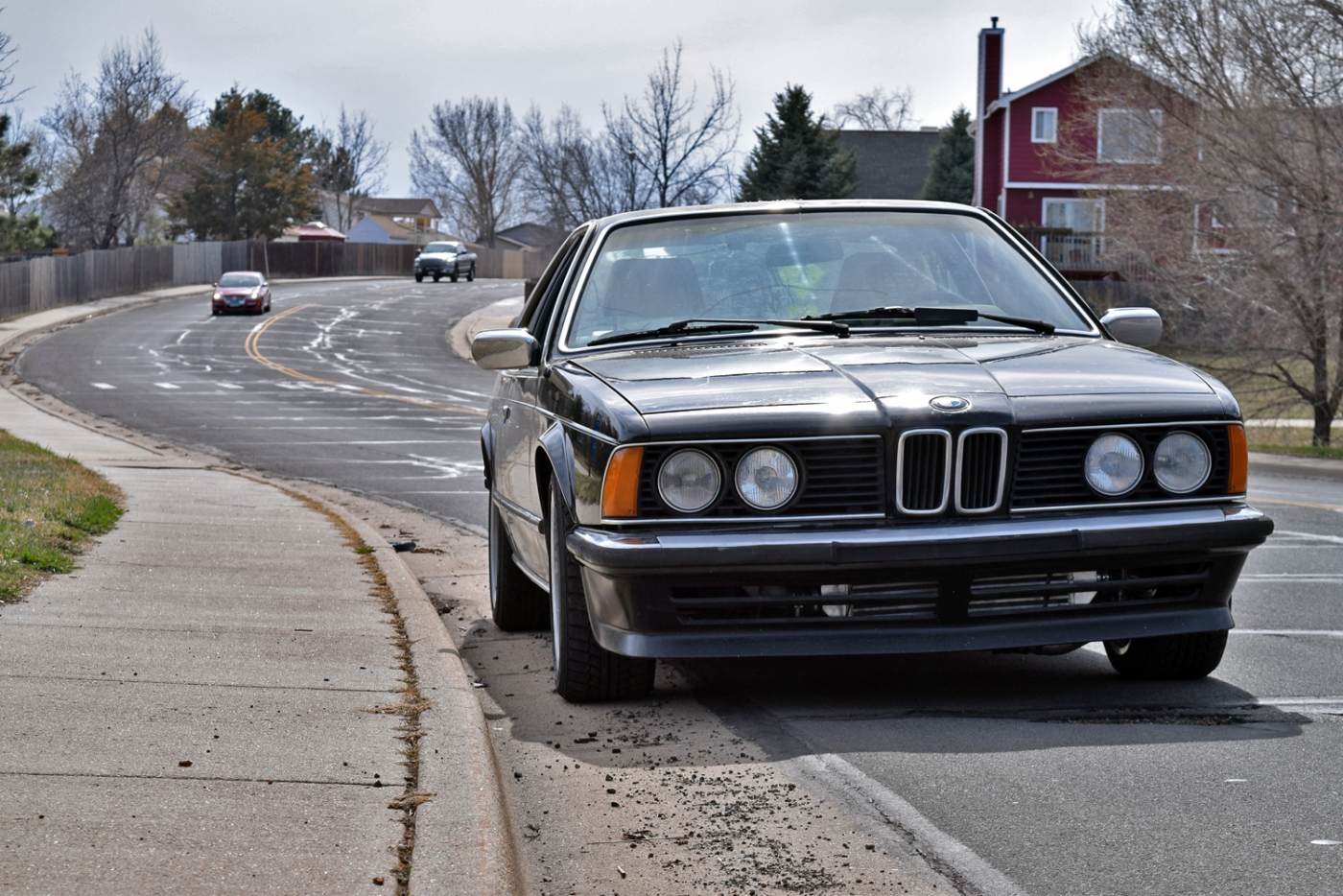
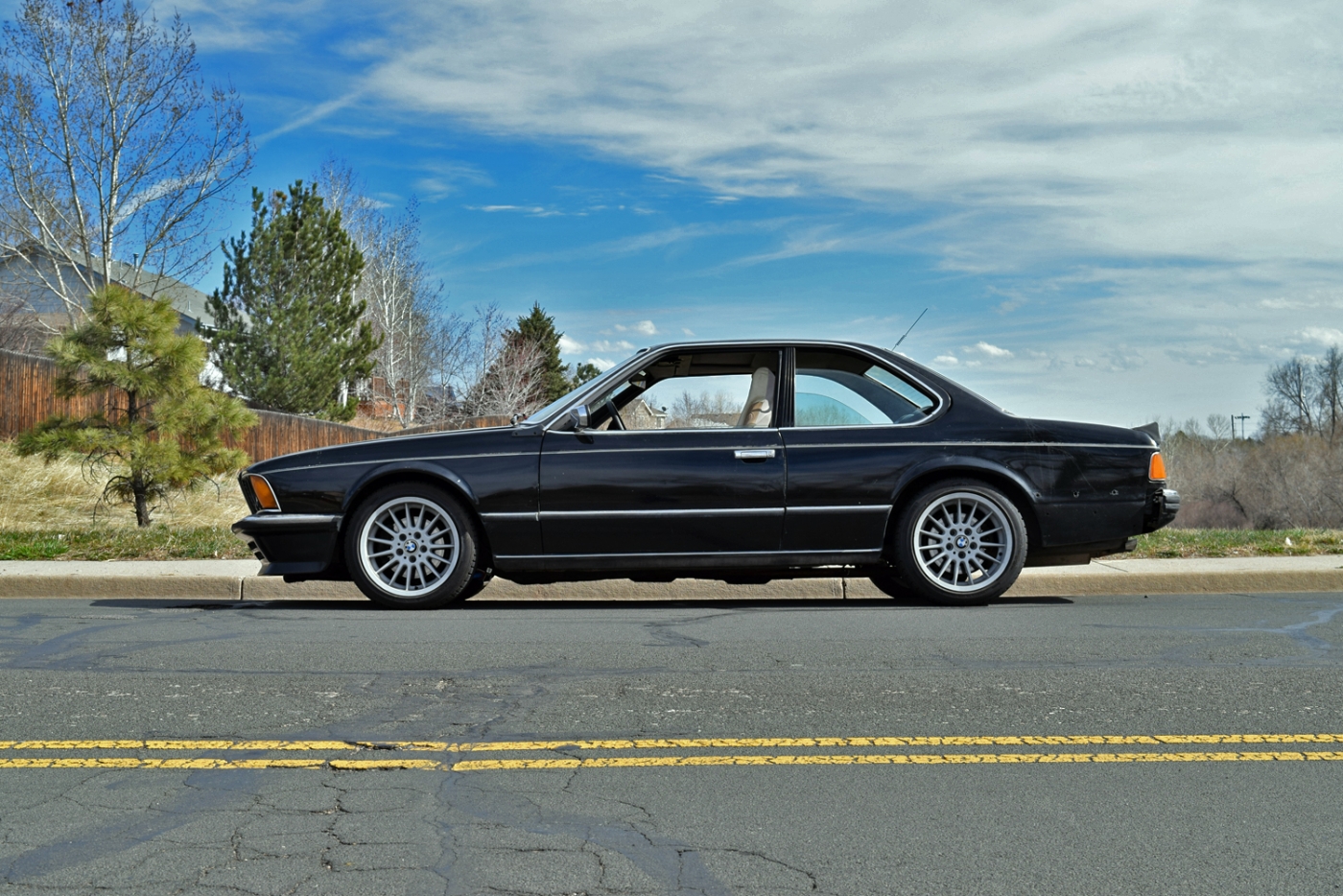
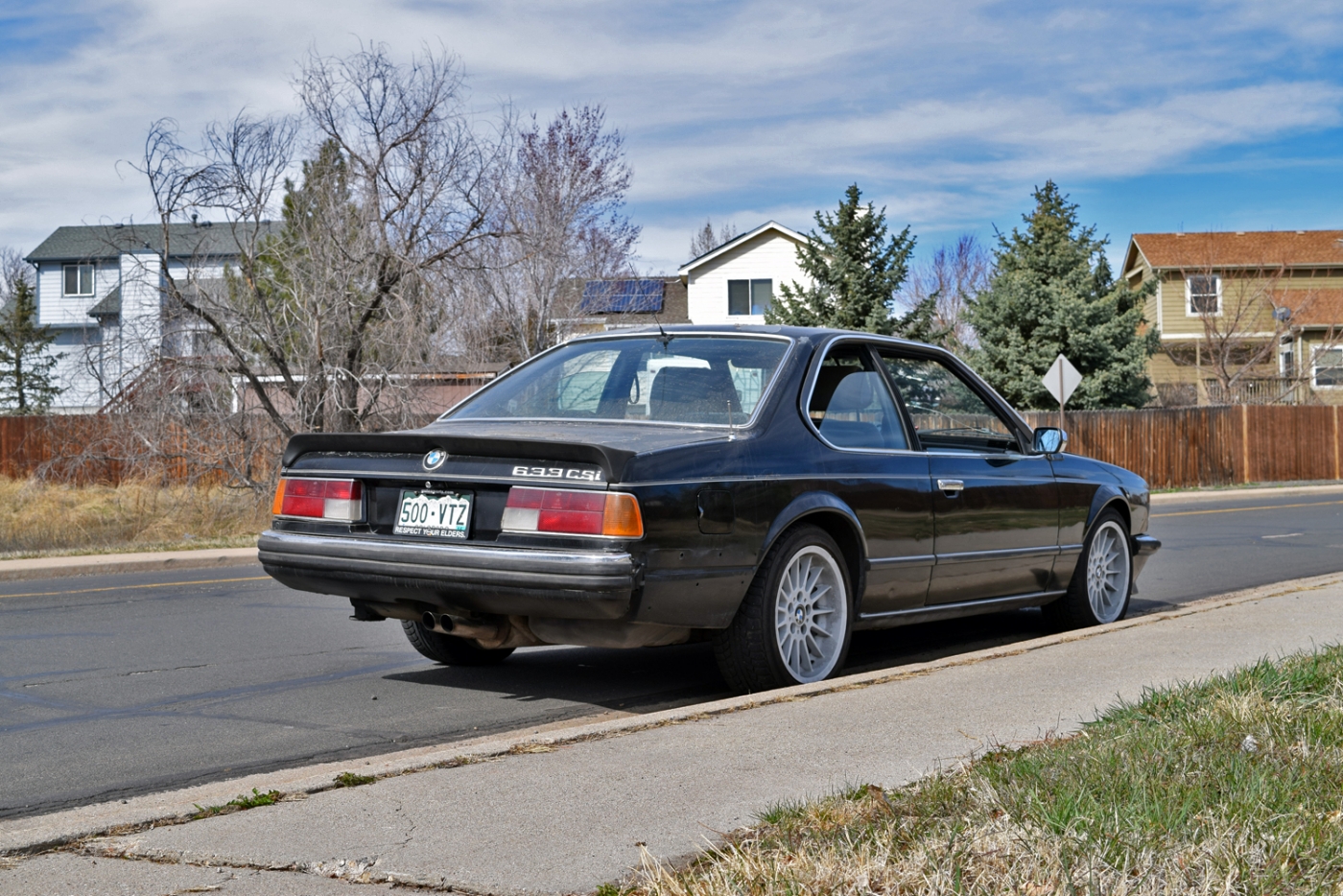
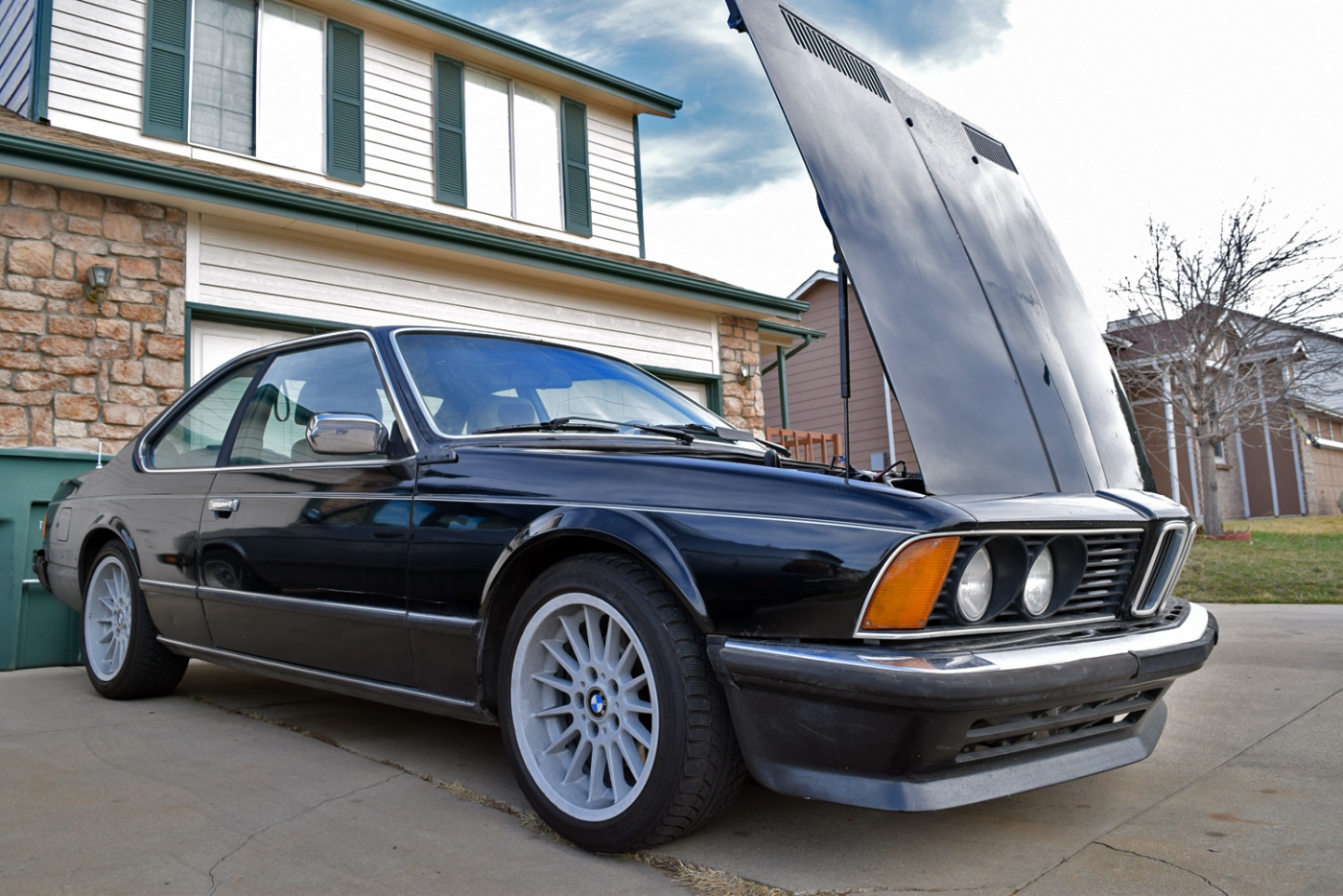
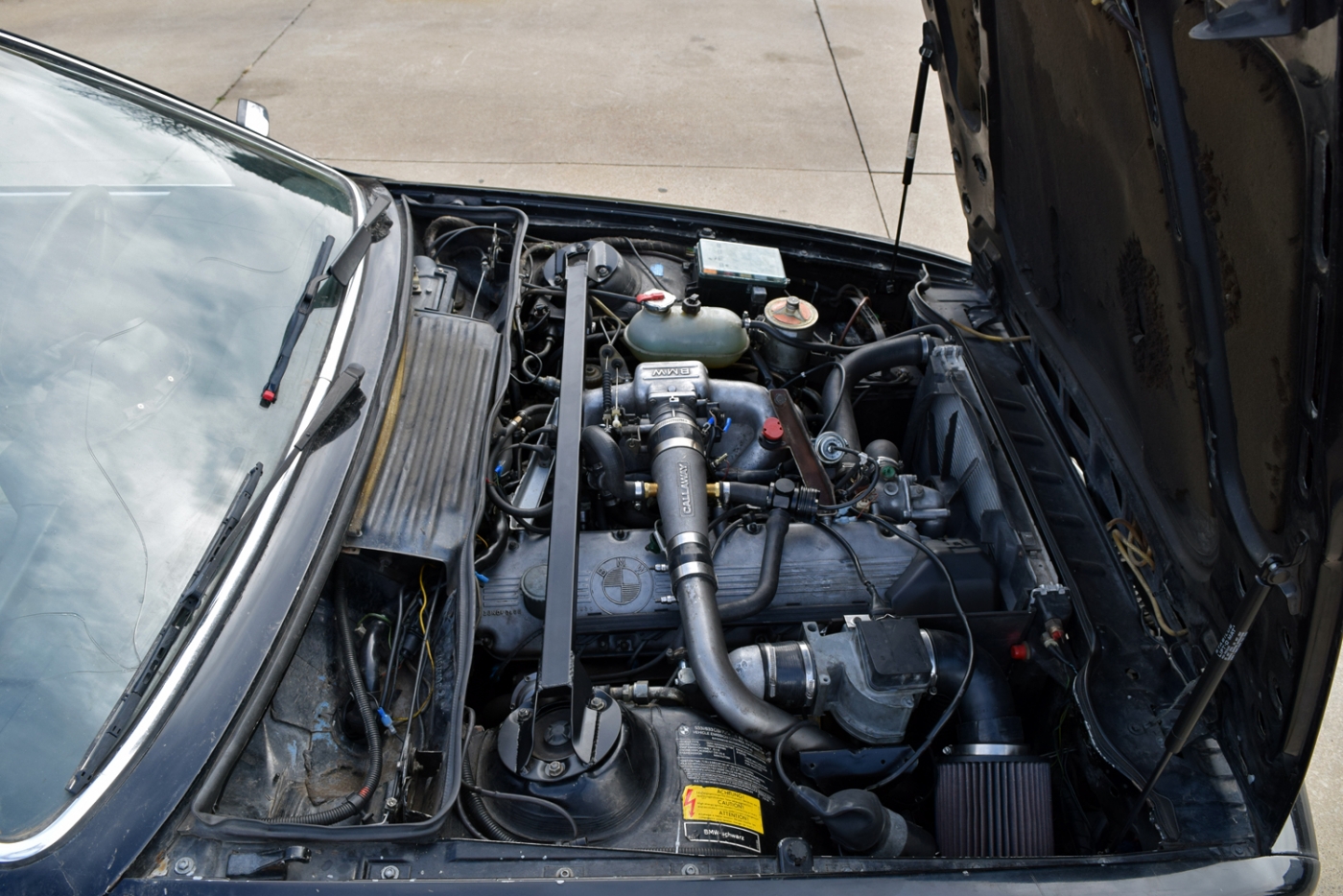
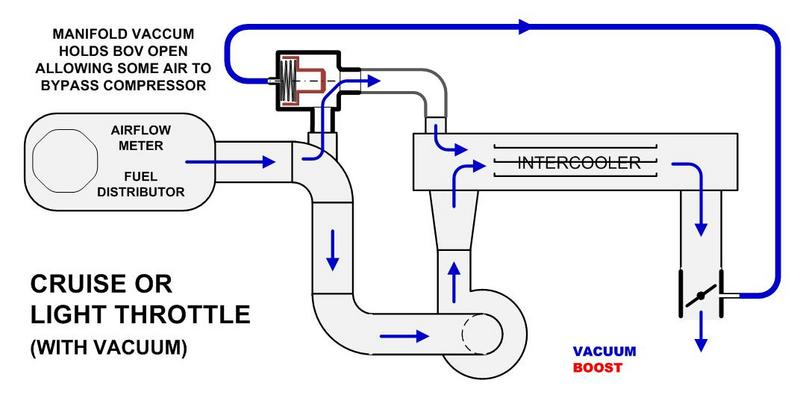
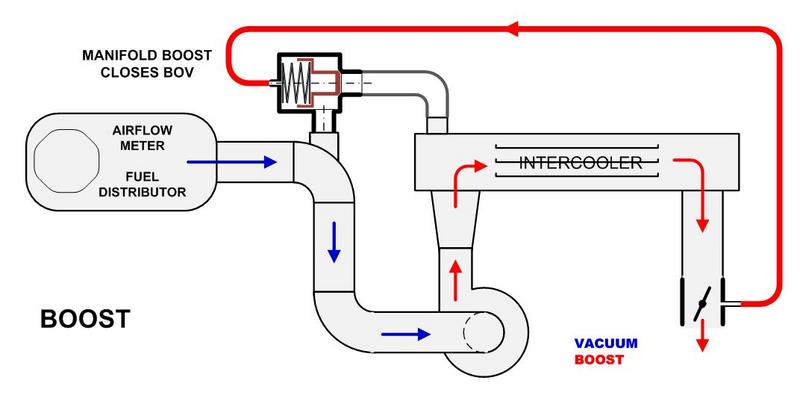
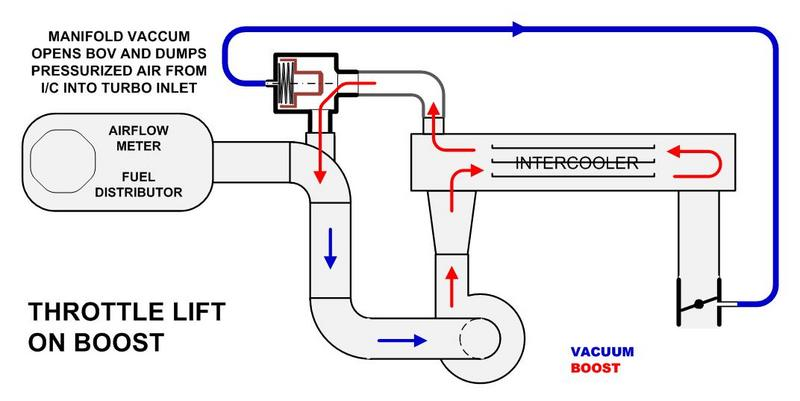
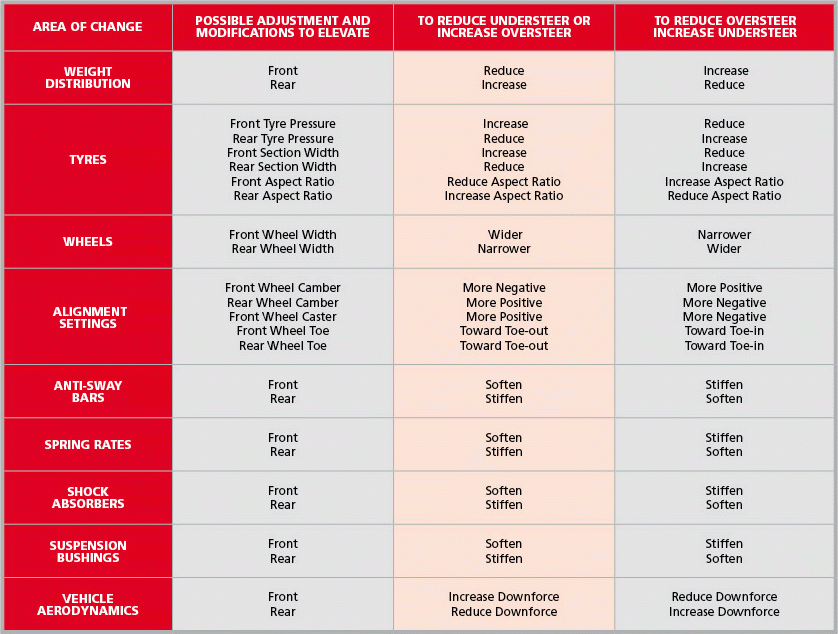
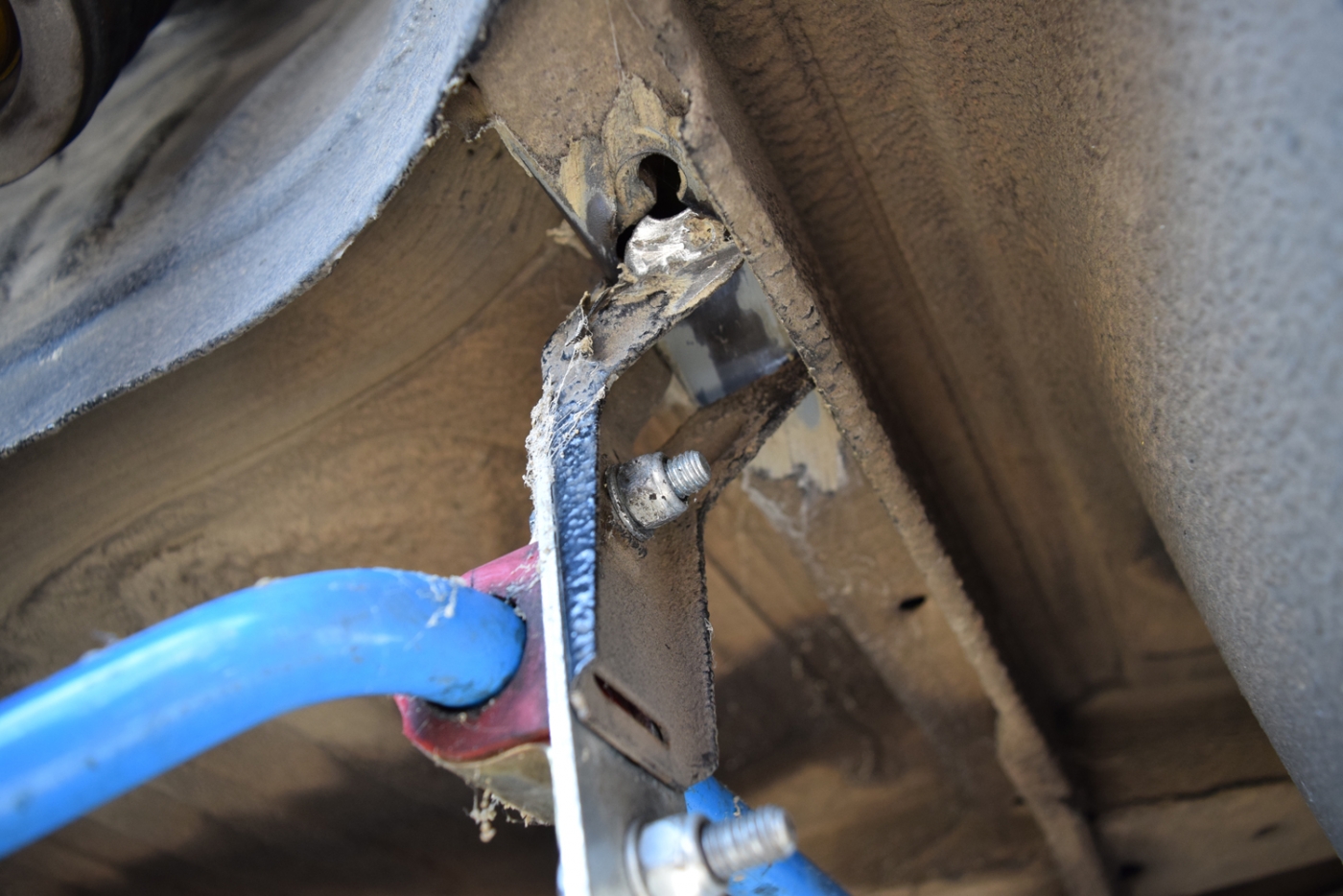
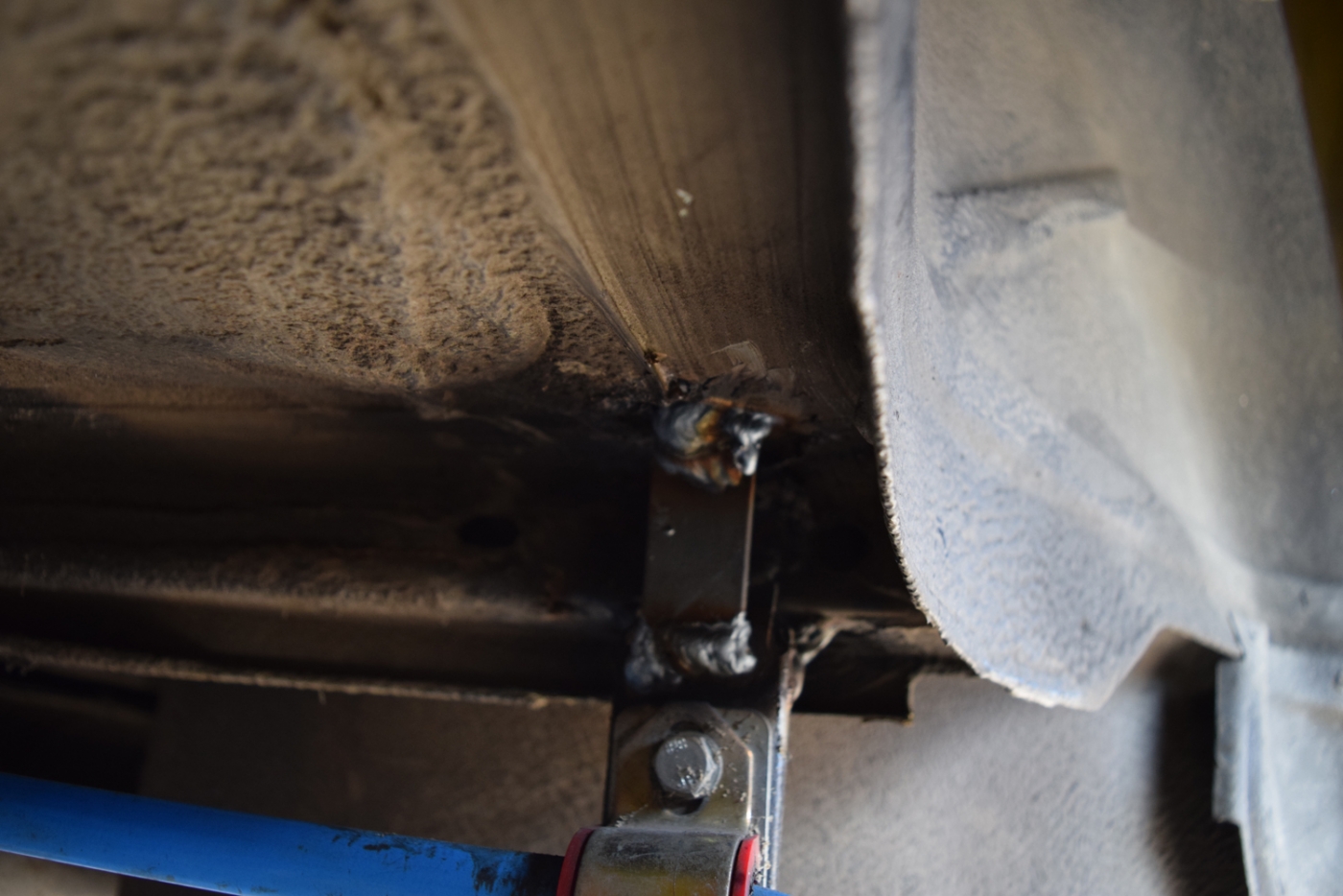
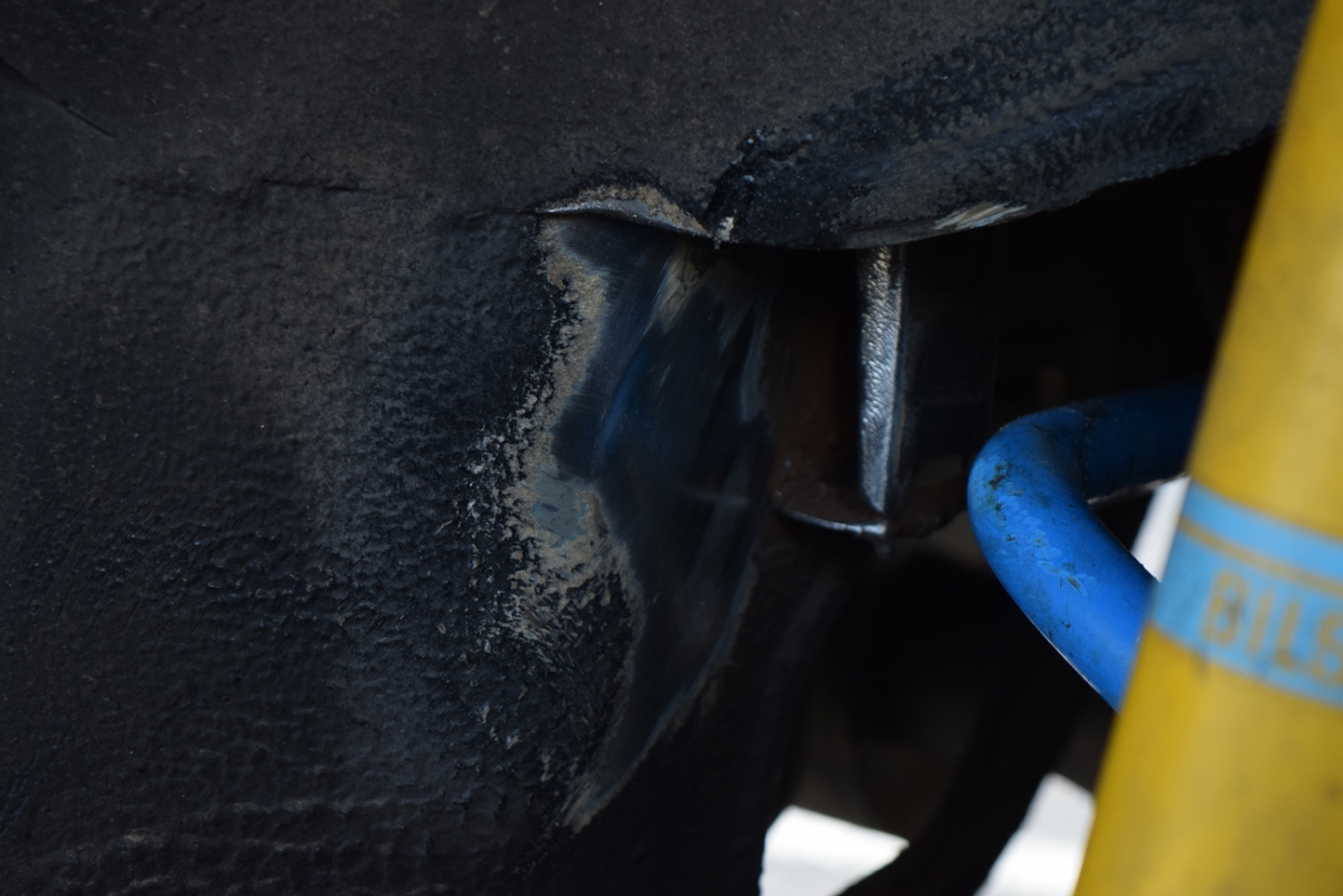
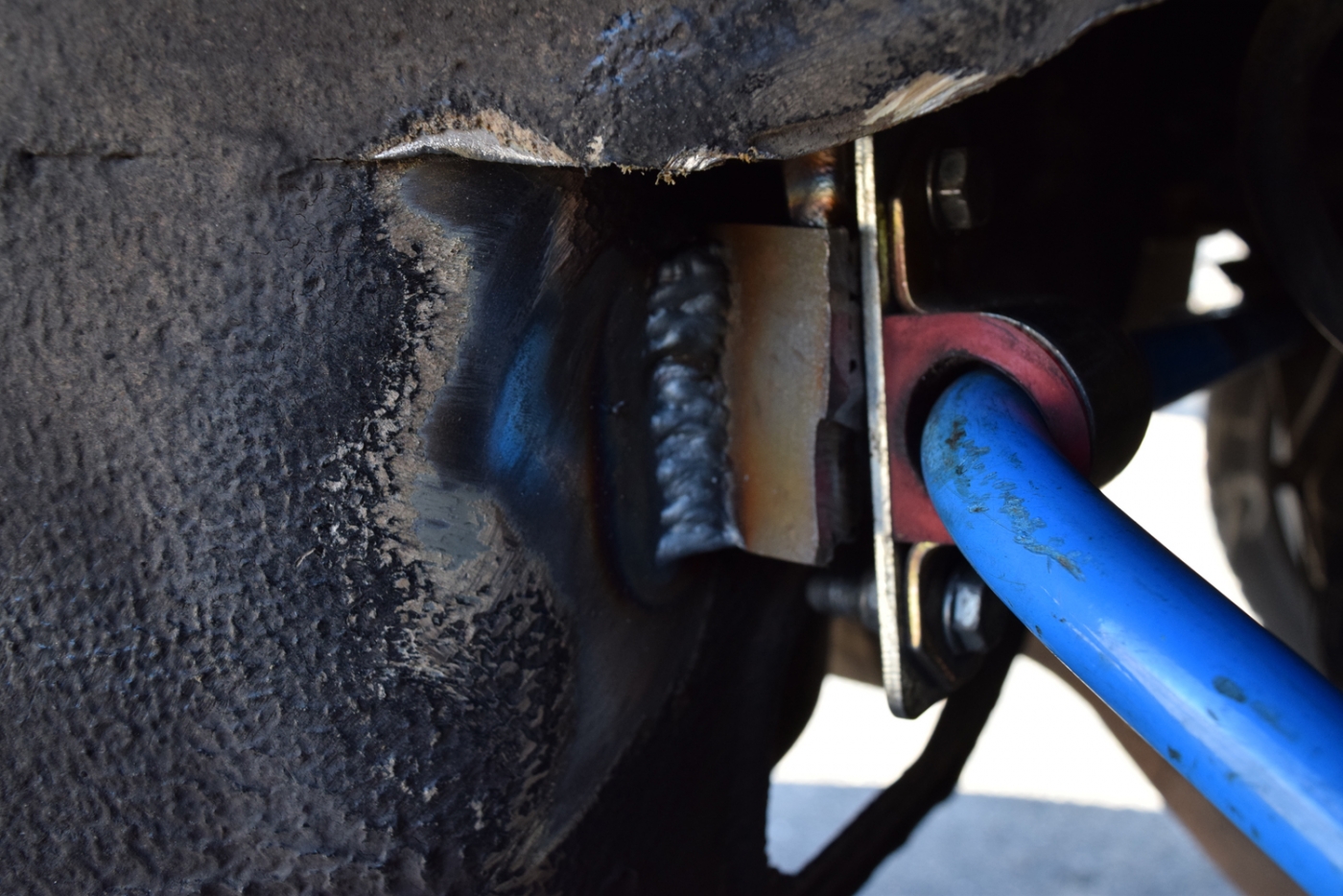
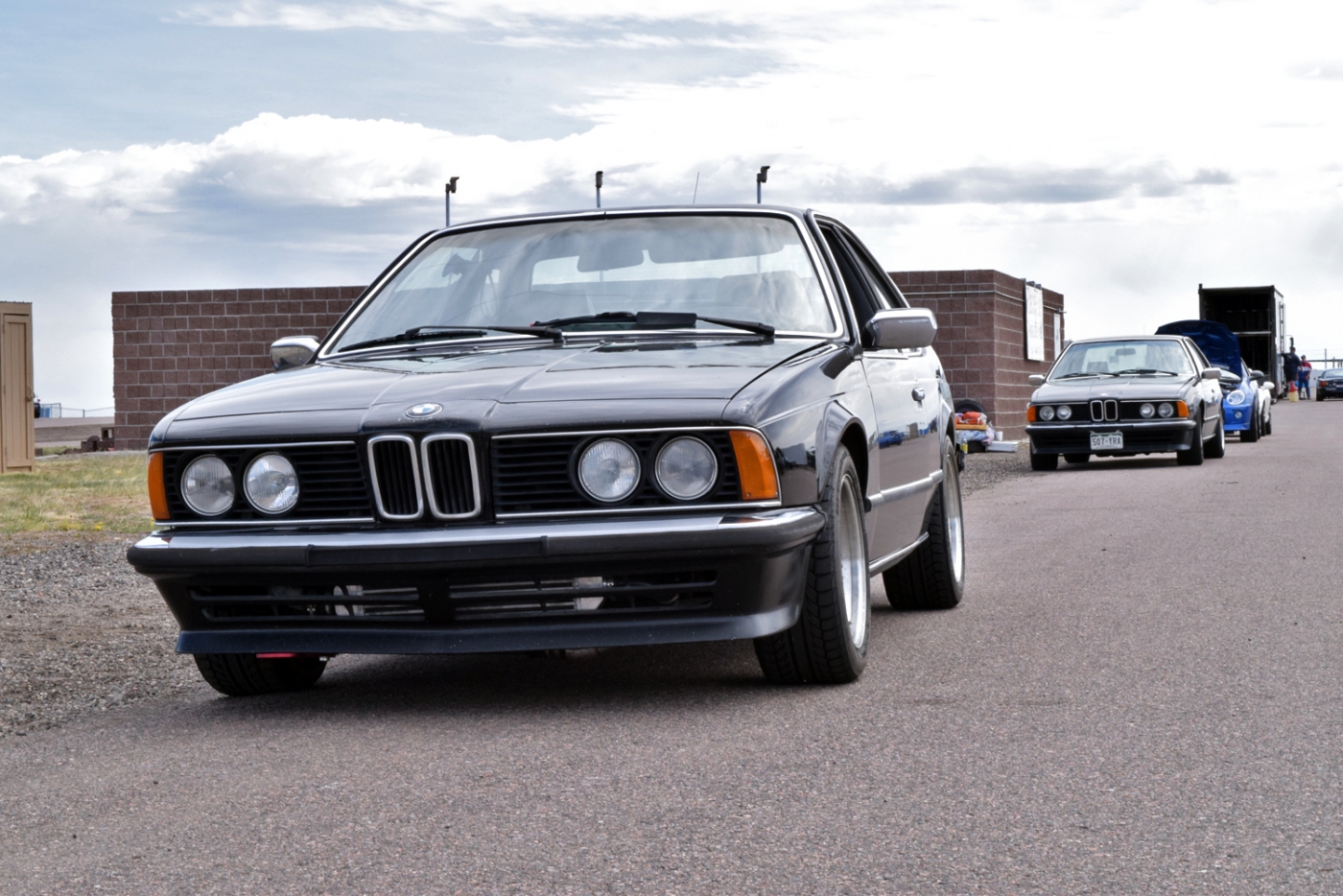
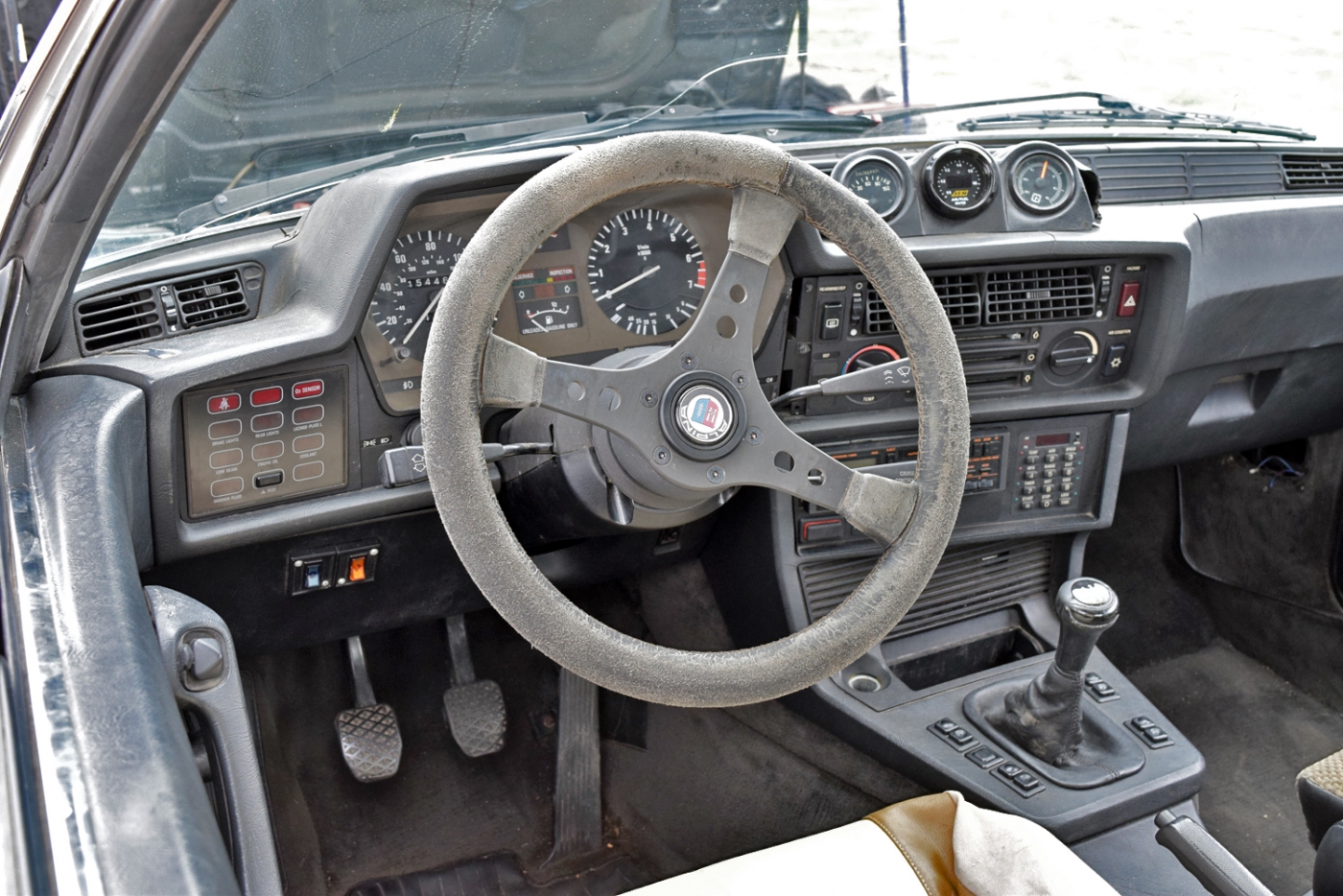
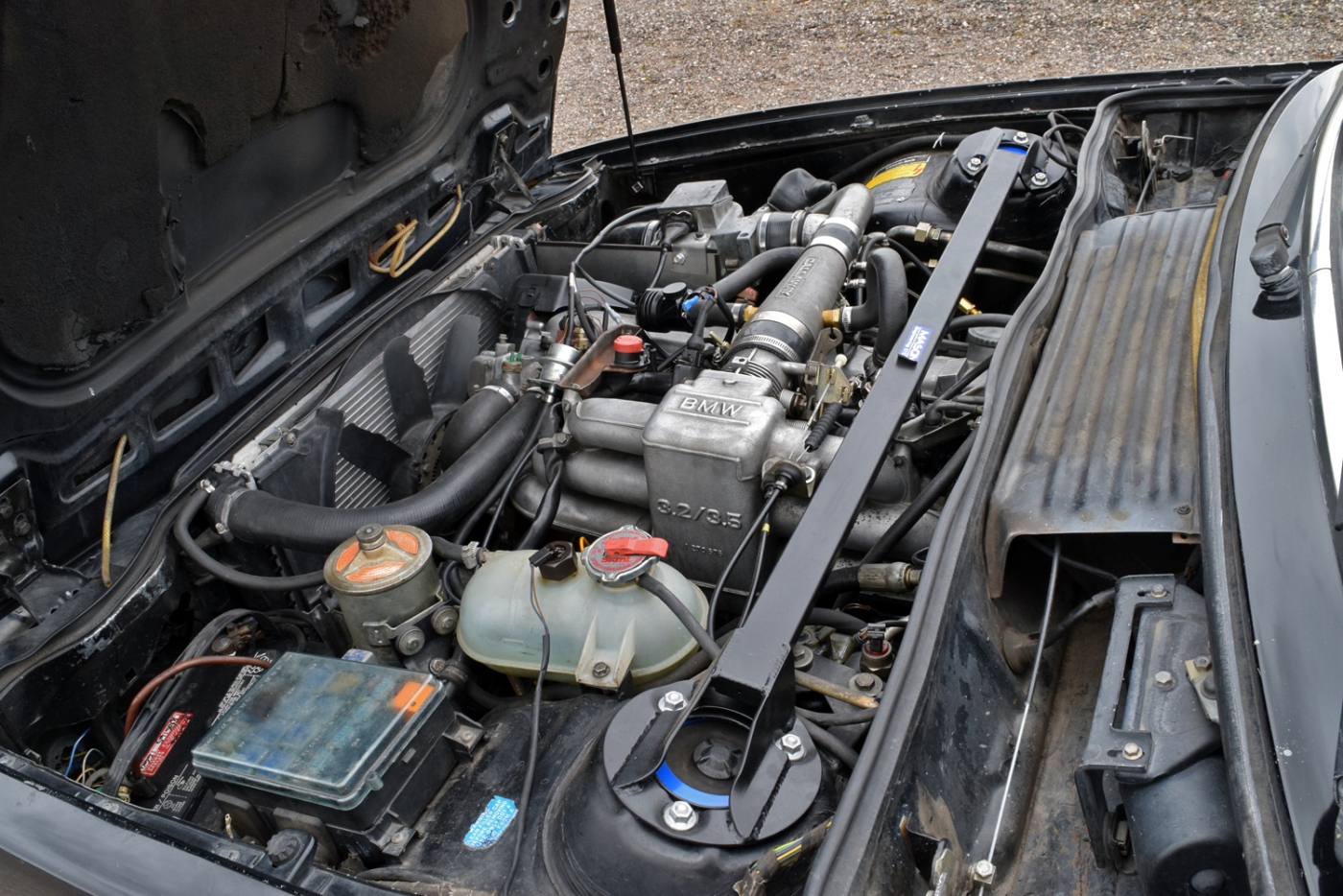
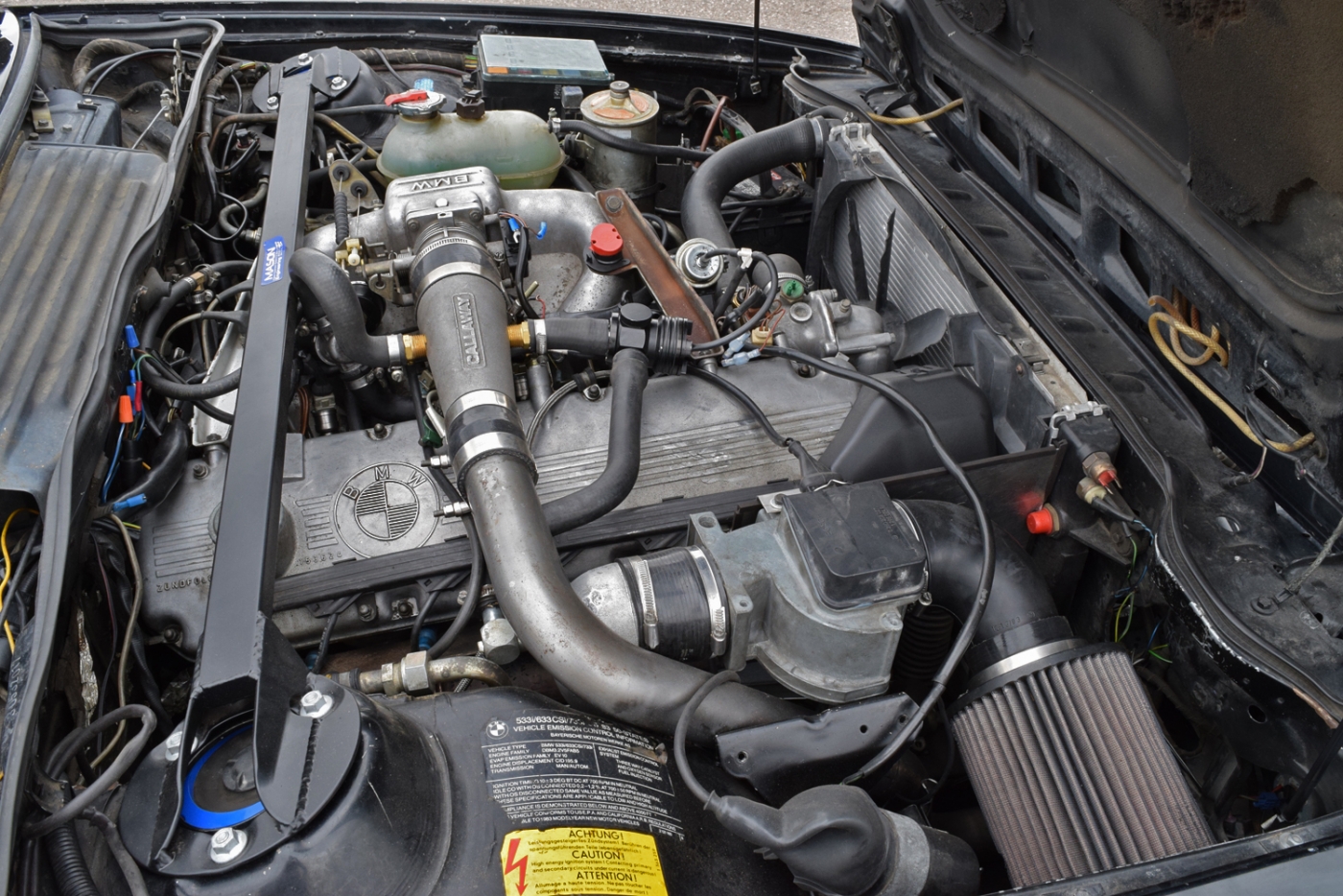
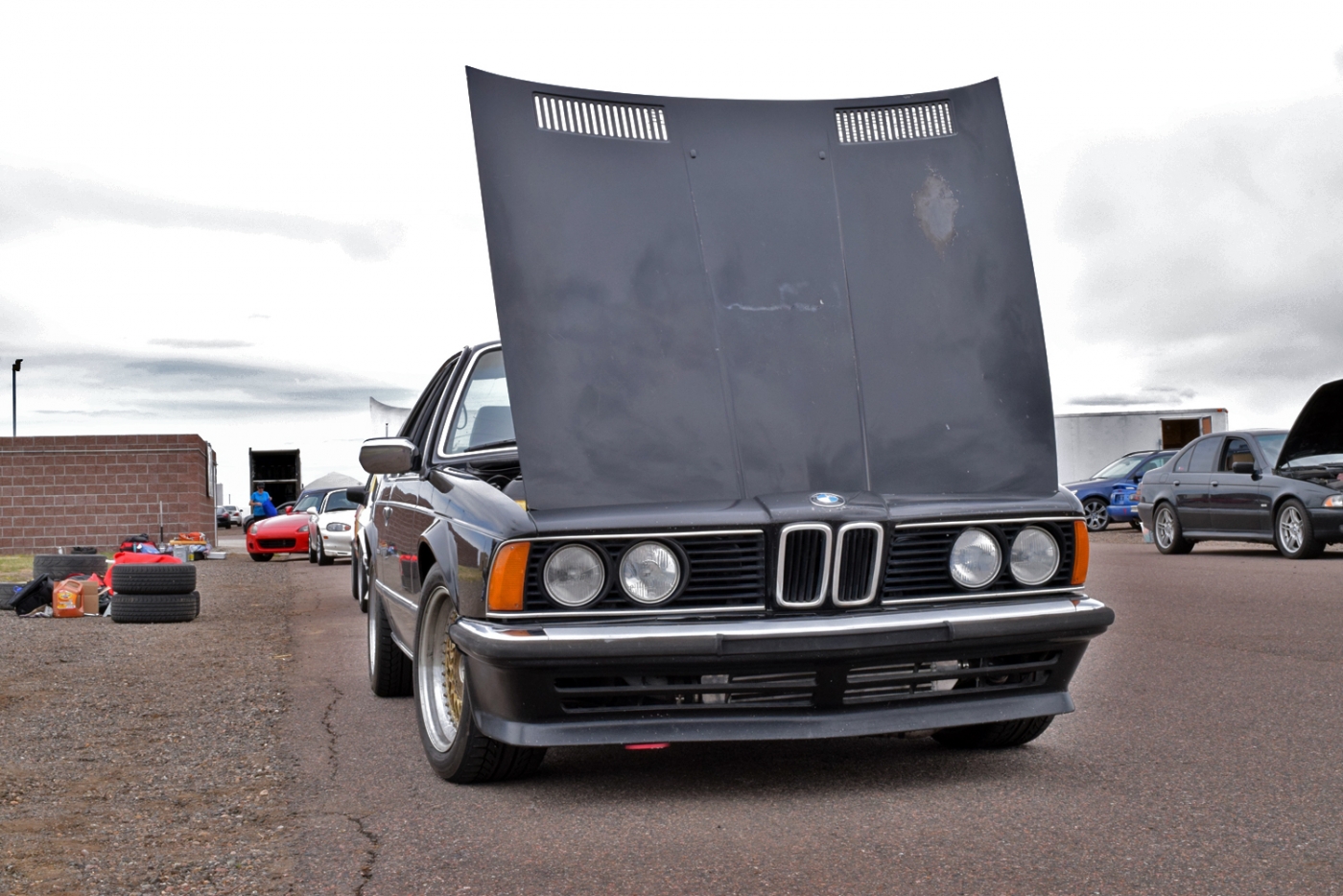
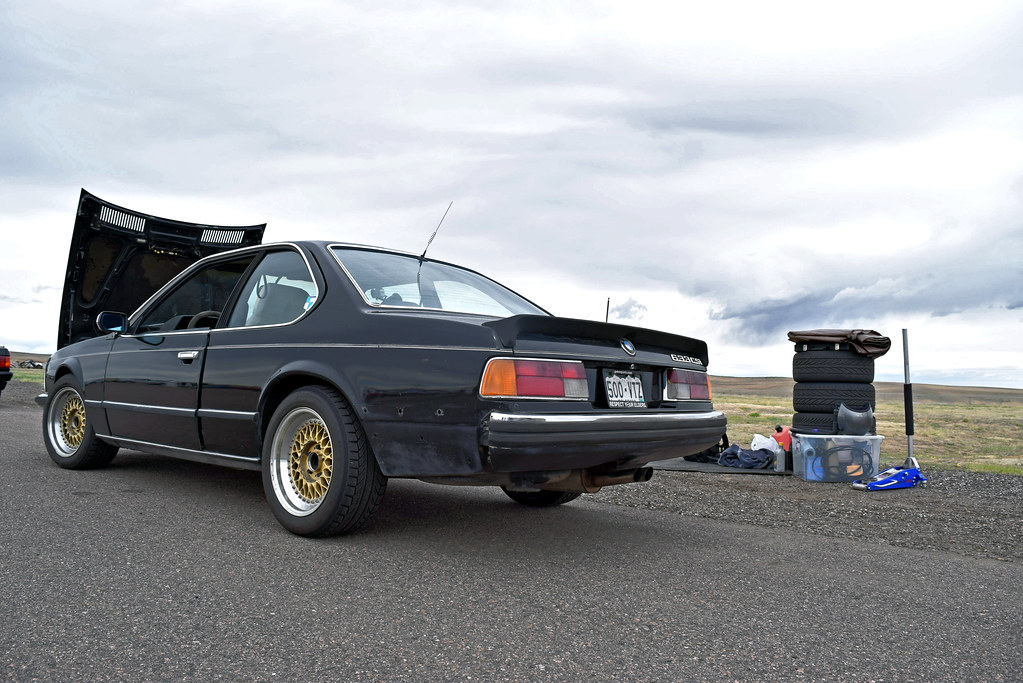
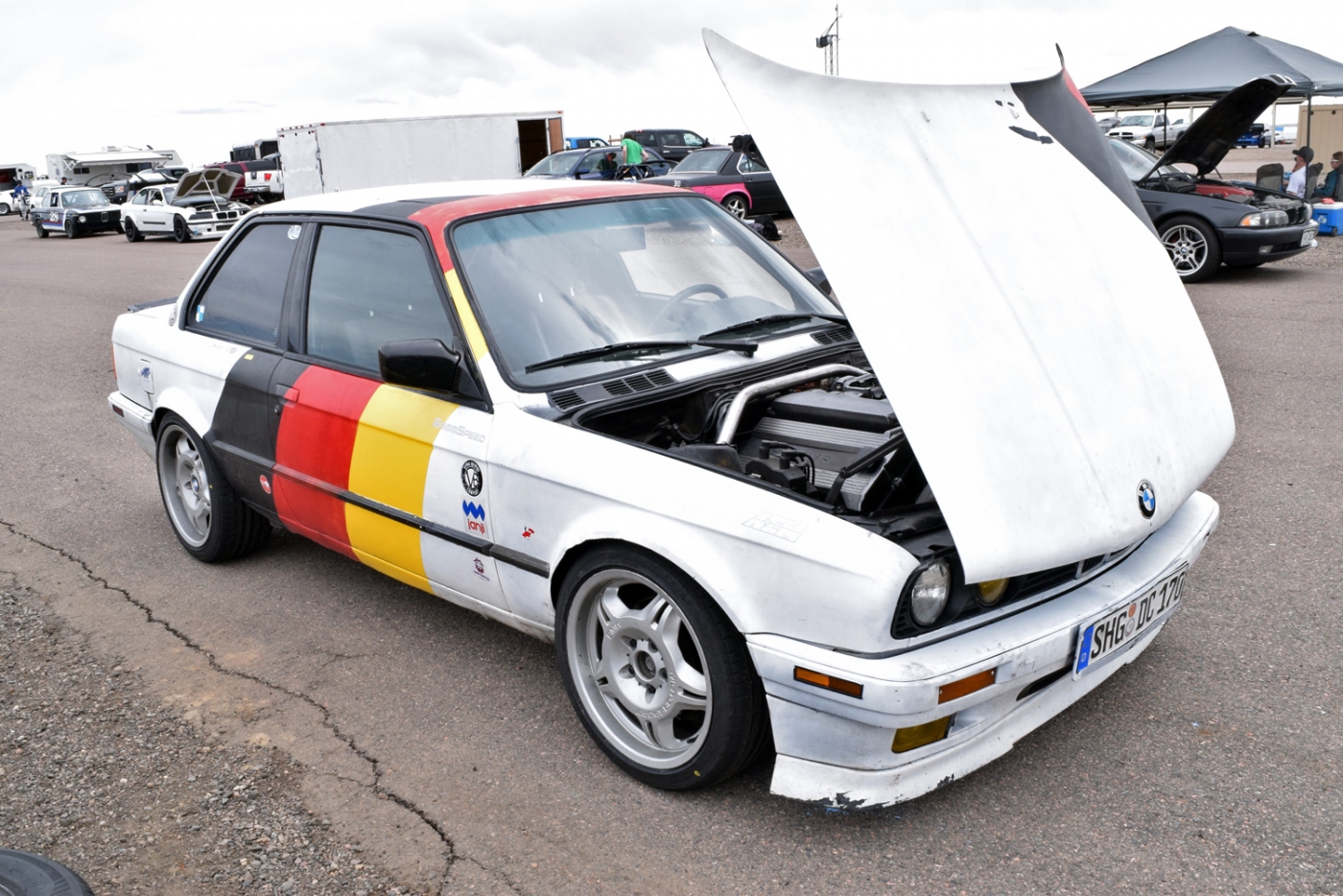
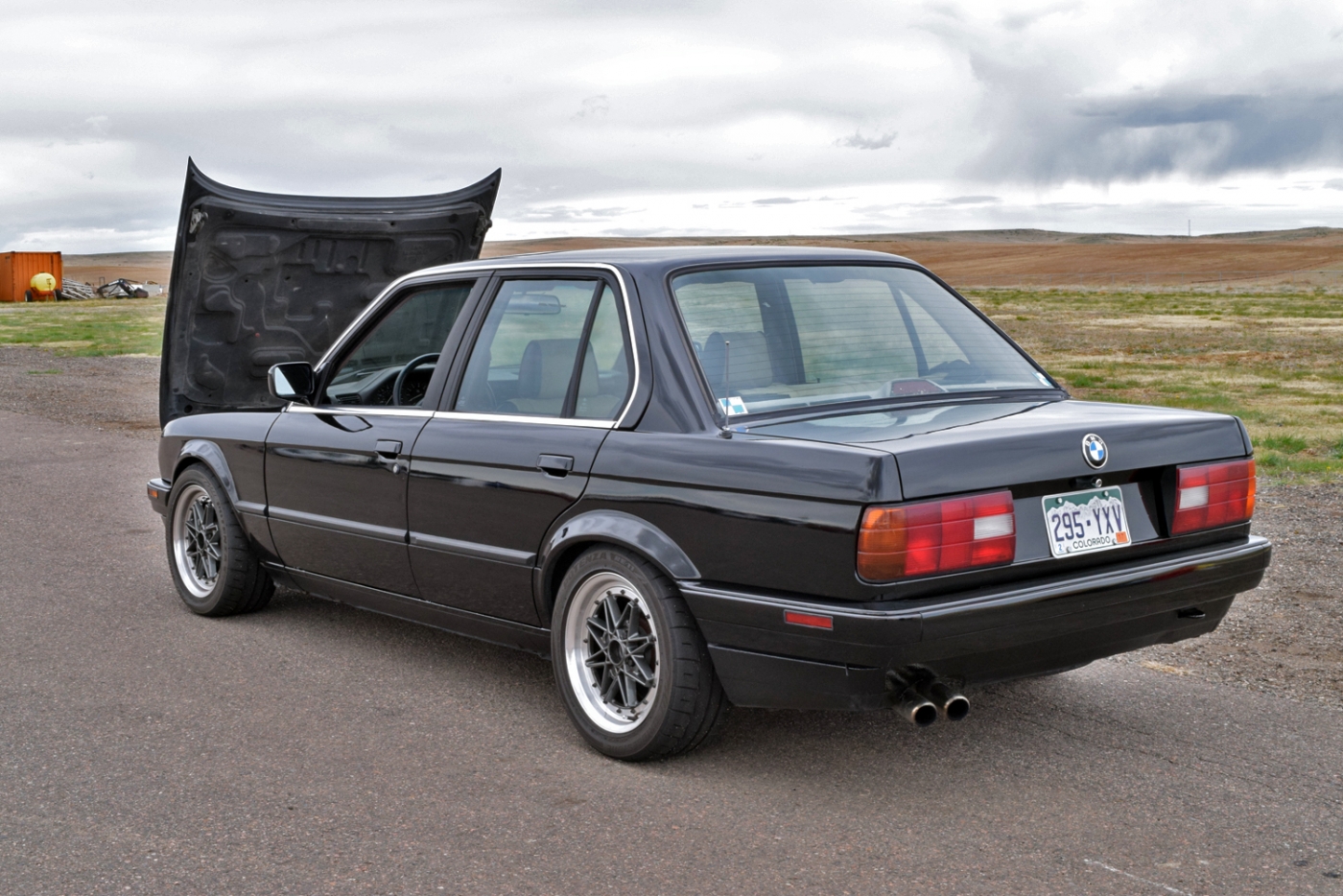
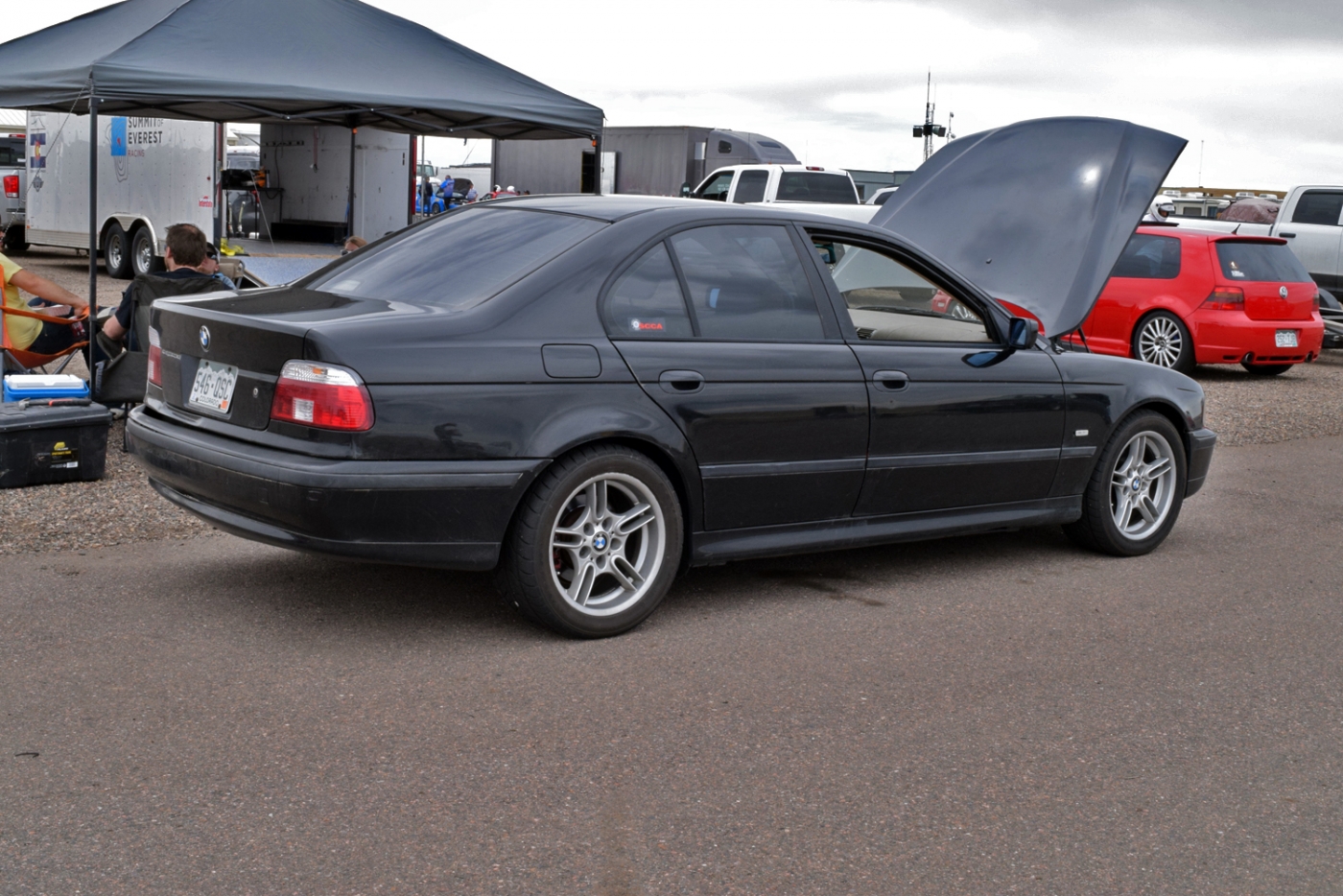
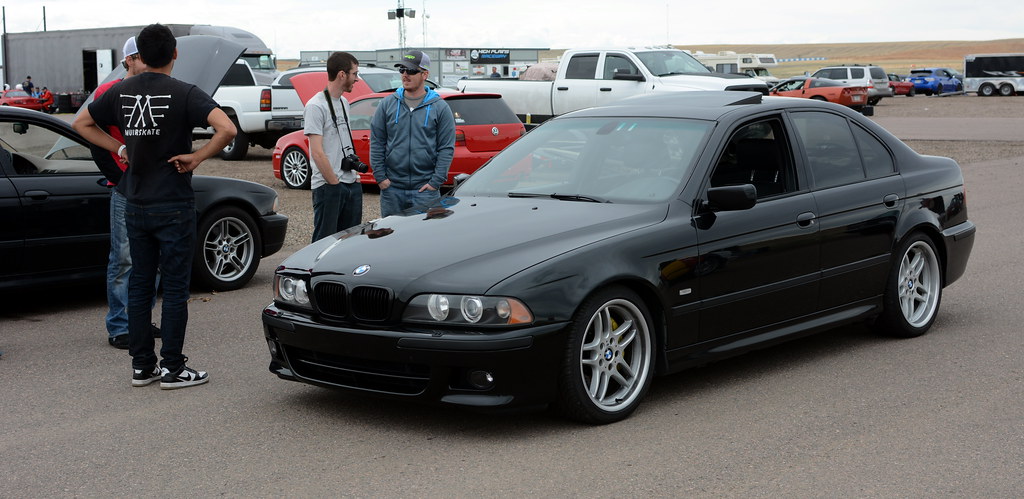
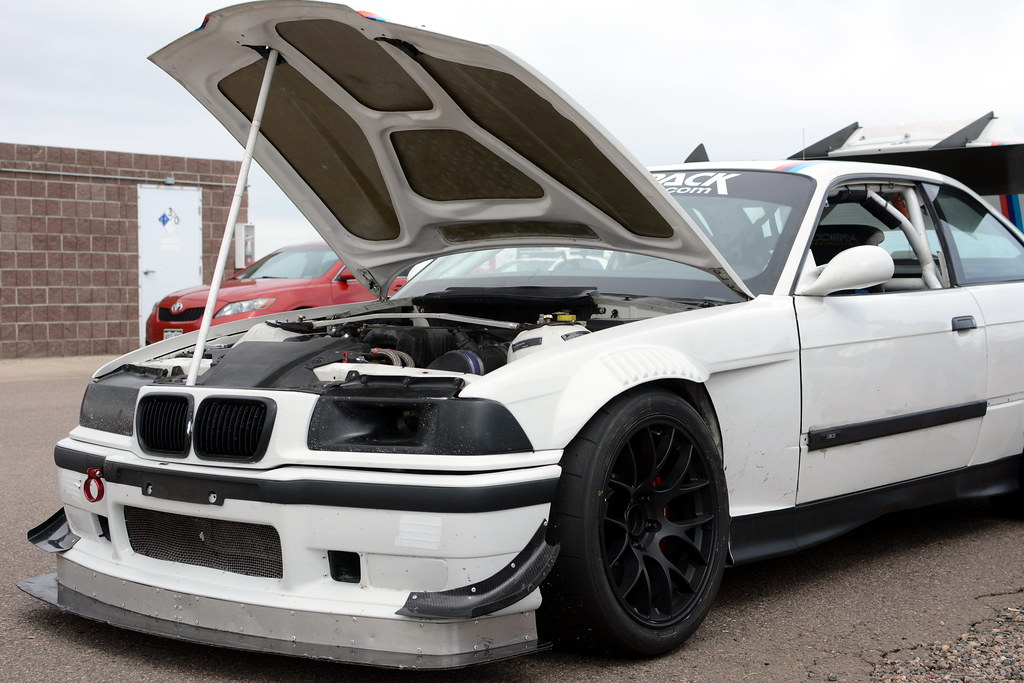
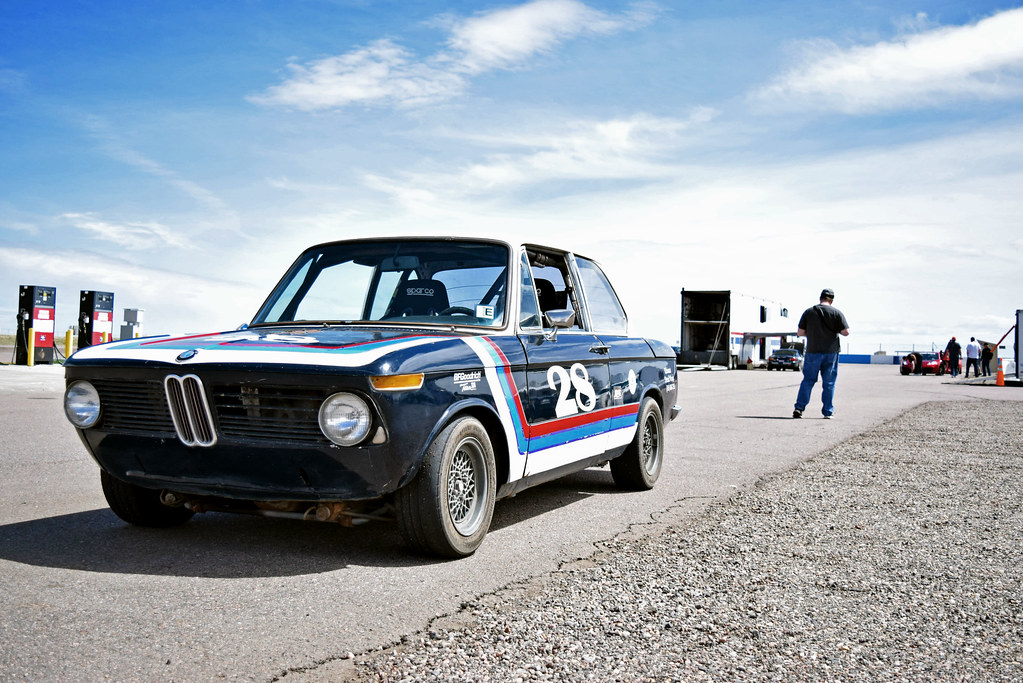
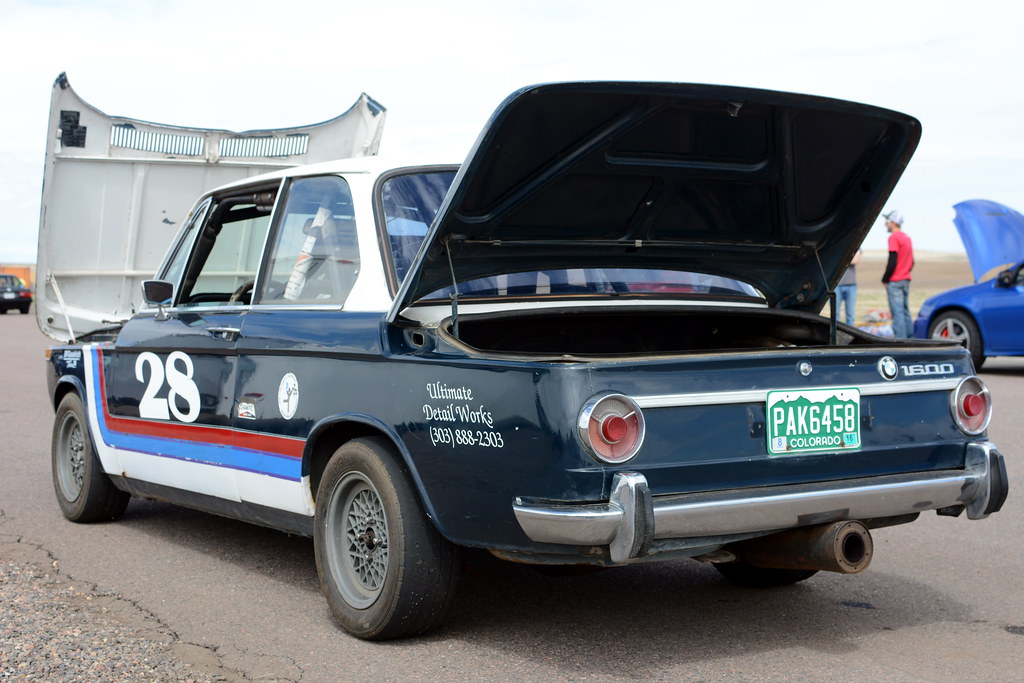
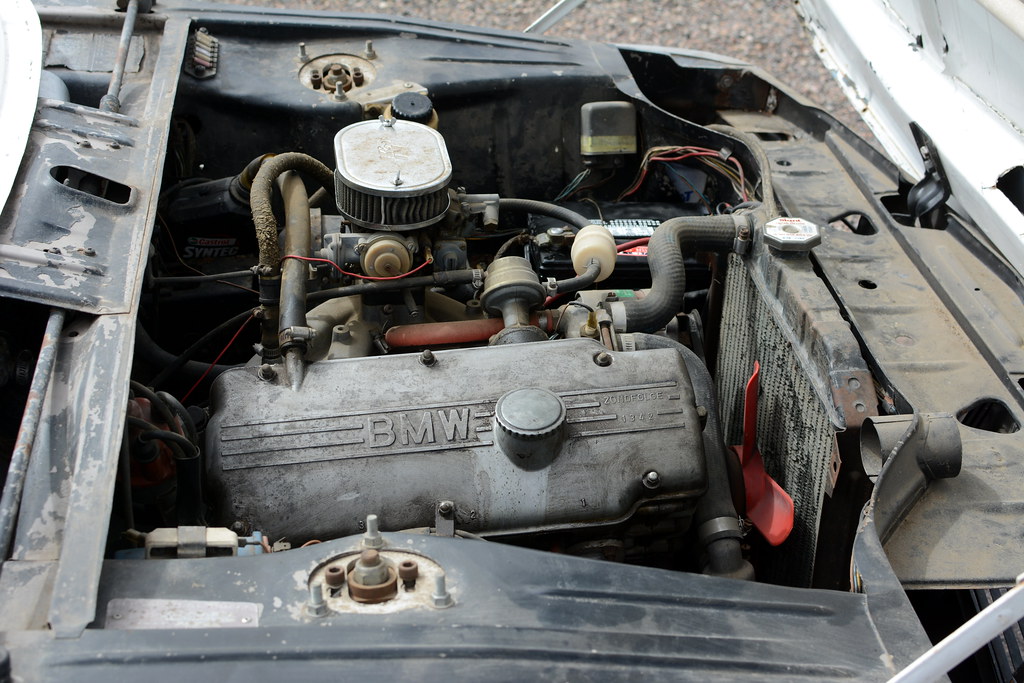
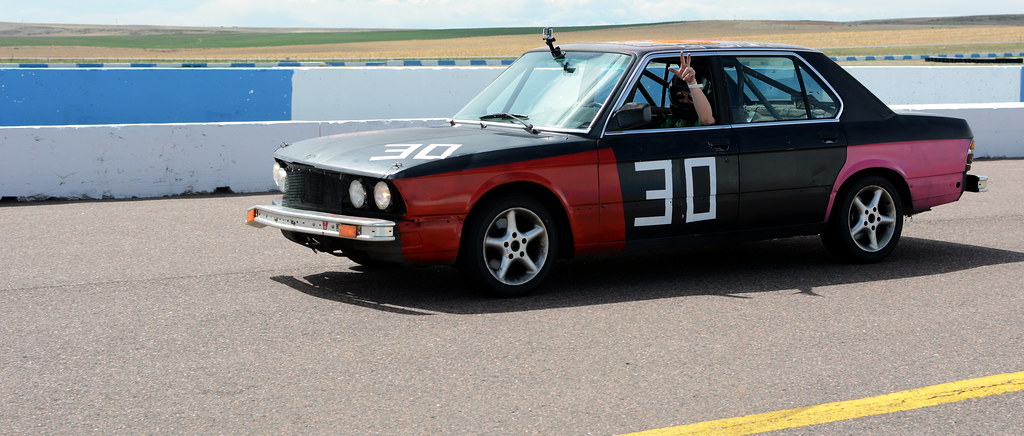
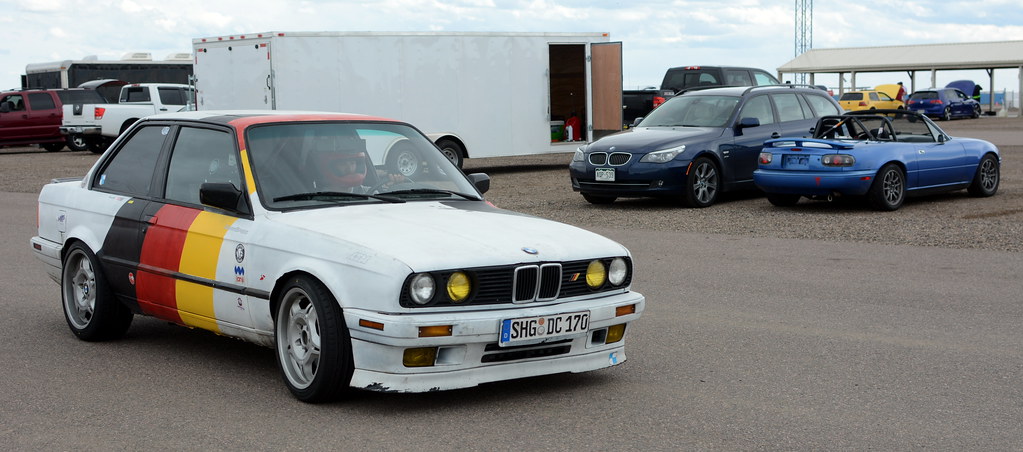
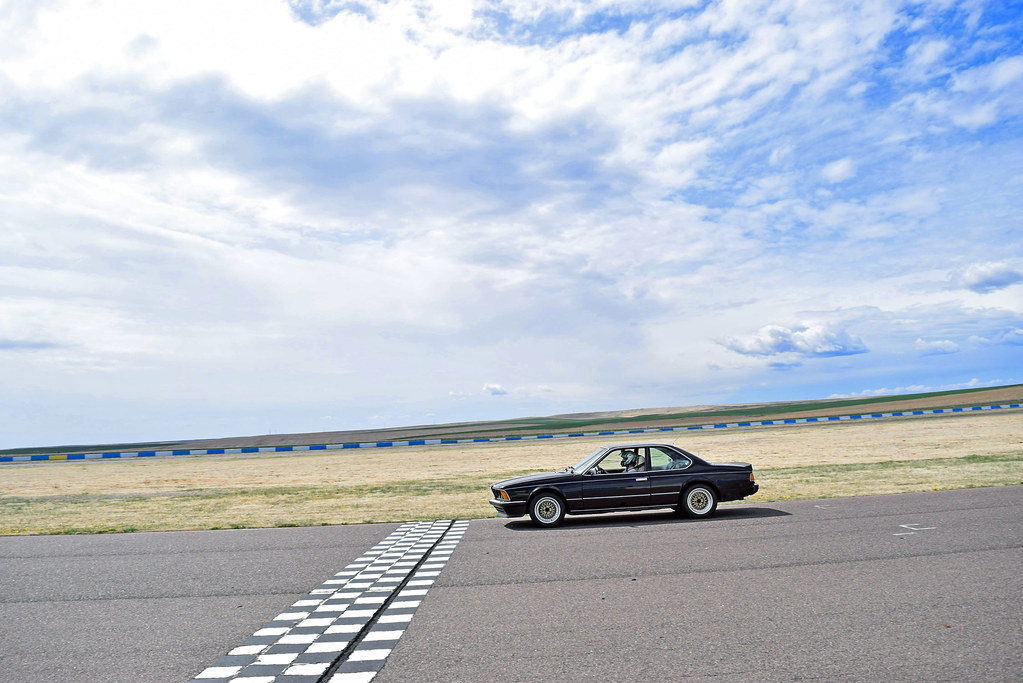
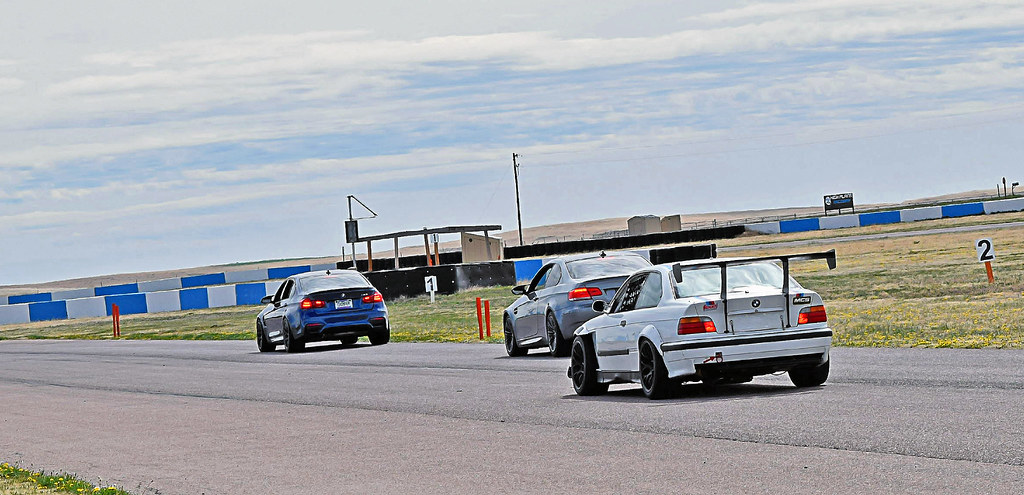
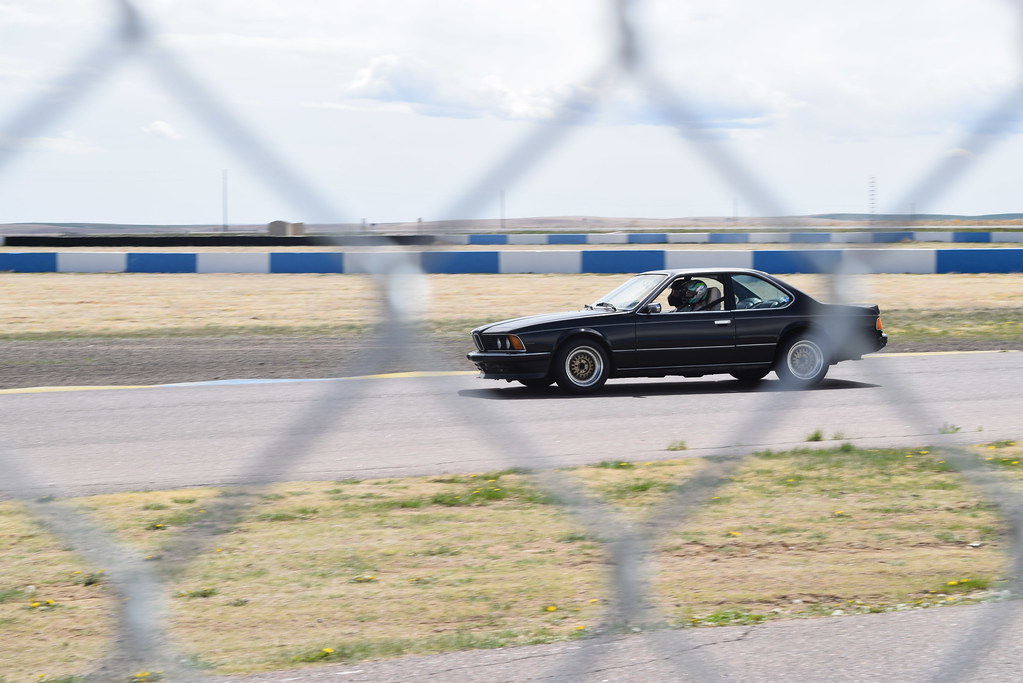
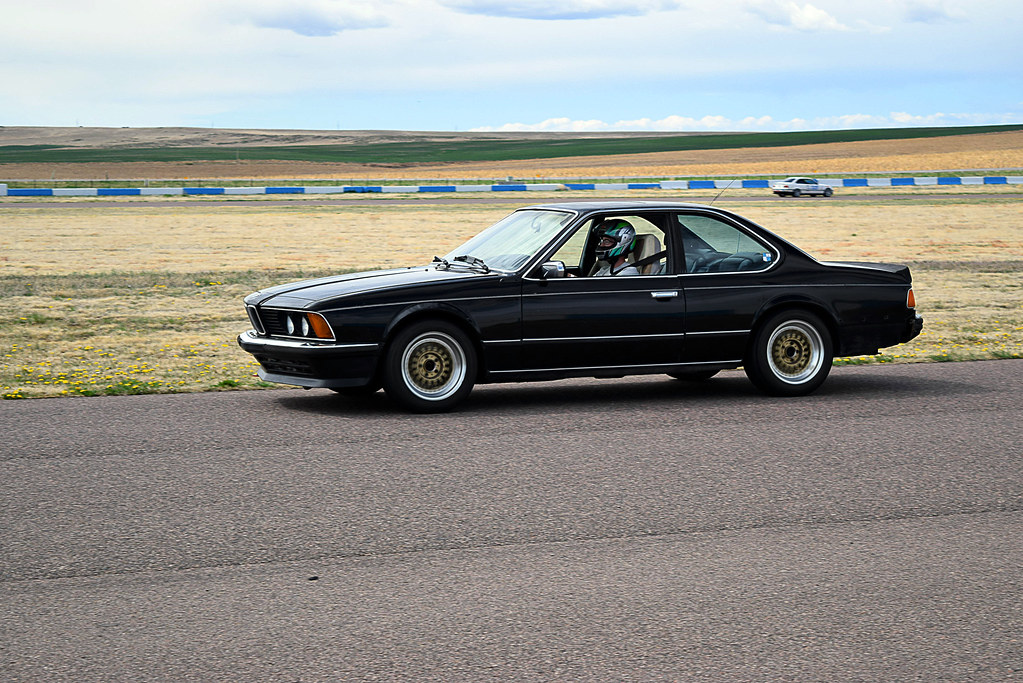
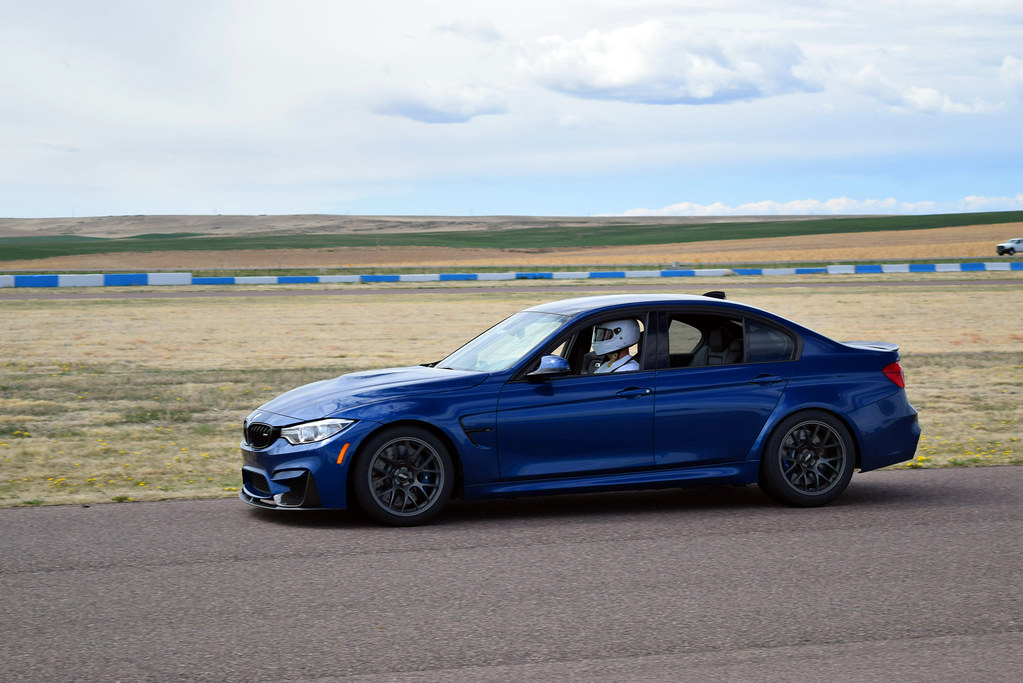
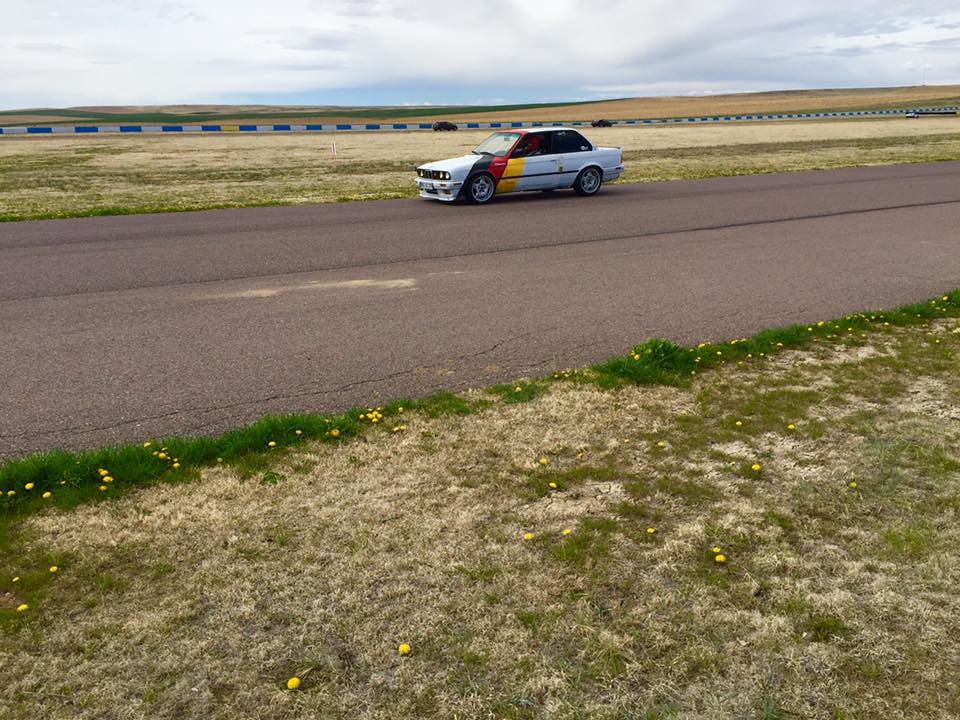

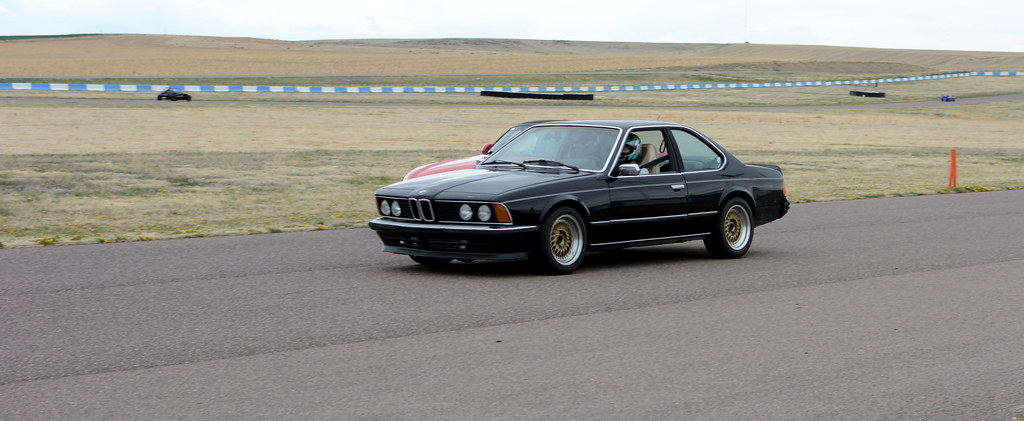

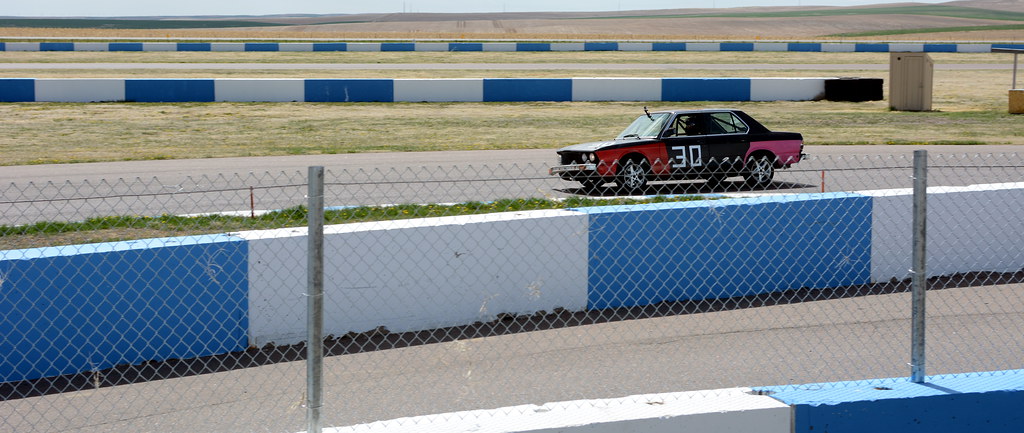
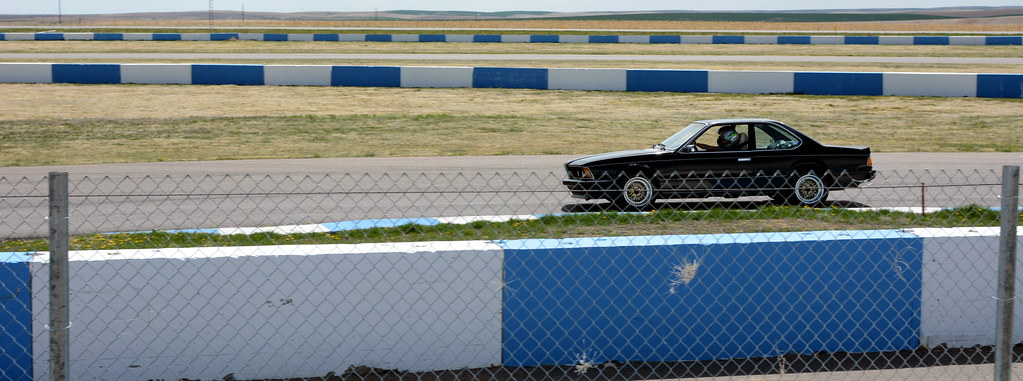

VIDEOSCar Setup Notes
Springs
Run as soft as practical for maximum grip
Hard:
Reduced Grip
Increased reaction
Soft:
Increased Grip
Decreased reaction
Soft Front, Hard rear = Oversteer
Hard Front, Soft rear = Understeer
Anti-Roll
Primary effect in slow turns
Front:
Hard = Steering precision in slow turns, understeer, bad turn-in, more precise handling
Soft = Grip in slow turns, oversteer, better turn-in, less precise handling
Rear:
Hard = Reduce Understeer in slow turns, oversteer, better turn-in
Soft = Reduce Oversteer in slow turns, understeer, worse turn-in
Large effect on relative L/R tire temp, Soft front/hard rear may balance. Run zero or low in wet conditions. Harder increases tire ware
Dampers (Shocks/Anti-shock)
Dampers work in speed rates (Fast (low numbers) and Slow (high numbers)) not Soft or Hard
Slow Dampers
Slow F+R = Slow weight transfer, Corner stability
Fast F+R = Fast weight transfer, Good grip
Slow F, Soft R = Corner entry+exit oversteer
Fast F, Hard R = Corner entry+exit understeer
Fast Dampers
Fast Rebound will normally need to be faster than Fast bound.
Slow F+R = Reduced bounce over bumps and curbs
Fast F+R = Good grip over bumps and curbs
Slow F, Soft R = Bump understeer
Fast F, Hard R = Bump oversteer
Bound/Rebound (Mainly for Slow dampers (weight shift)):
Front Bound
Slow = Slower weight shift under Brake, Reduce oversteer on Turn-in
Fast = Faster weight shift under Brake, Better Turn-in response + Reduce understeer
Rebound
Slow = Slower Nose Lift under Accel
Fast = Faster Nose Lift under Accel
Rear Bound
Slow = Slower weight shift under Accel
Fast = Faster weight shift under Accel
Rebound
Slow = Slower Nose Drop under Brake, Better Turn-in response + Reduce understeer
Fast = Faster Nose Drop under Brake, Reduce oversteer on Turn-in
Slow dampers
Left turn Oversteer Right turn Oversteer
Corner Entry Increase FR Bump, Decrease RL Rebound Increase FL Bump, Decrease RR Rebound
Corner Exit Increase FL Rebound, Decrease RL Bump Increase FR Rebound, Decrease RR Bump
Left turn Understeer Right turn Understeer
Corner Entry Decrease FR Bump, Increase RL Rebound Decrease FL Bump, Increase RR Rebound
Corner Exit Decrease FL Rebound, Increase RR Bump Decrease FR Rebound, Increase RL Bump
Differential
Power
High = Good propulsion out of corners, power understeer, Snap oversteer with overpower
Low = Poor propulsion out of corners, power oversteer, easier but more frequent traction loss with overpower
Coast
High = Stable braking, lift off understeer
Low = Unstable braking, lift off oversteer
Pre-load (low throttle range)
High = Nervous transitioning from braking/acceleration, easier to balance turns with throttle, harder to keep stable accelerating from slow turns, easy to spin under power, easier to break traction with rapid power lift-off
Low = Less responsive transitioning from braking/acceleration, easier to accelerate from slow turns but tendency to understeer
Wing
High = Good grip, Oversteer
Low = Good speed, Understeer
Tires
After running in (at least two minutes):
Target temp = 70-90C (155-195 F)
Inner edge should be approximately 5c hotter than the Outer edge, increase camber to increase difference
Center temp should be roughly in the middle of the Inner and Outer temps, an increase in tire pressure will raise the center temperature (may require a softening of the springs to counter the effect on handling)
Tire pressure Front:
Higher = Oversteer
Lower = Understeer
Tire pressure Rear:
Higher = Understeer
Lower = Oversteer
Brake
Duct
Target = 300..600c range while running
Bias
Target = Front+Back Lock simultaneously
Caster
Increase for harder steering + feedback or Understeer
Decrease if too firm or unstable in high speed turn
Large effect on tire temperature distribution
Camber
Always run negative cambers
Higher neg angle will increase the temperature difference between the inner and outer tire edges
Too high will result in loss of grip
Toe in
Front
+ for line stability
- for sharp turn-in
Rear
+ for line speed
- for rear end stability in turns
Front ride height
Front
High = Understeer
Low = Oversteer
Rear ride height
High = Oversteer
Low = Understeer